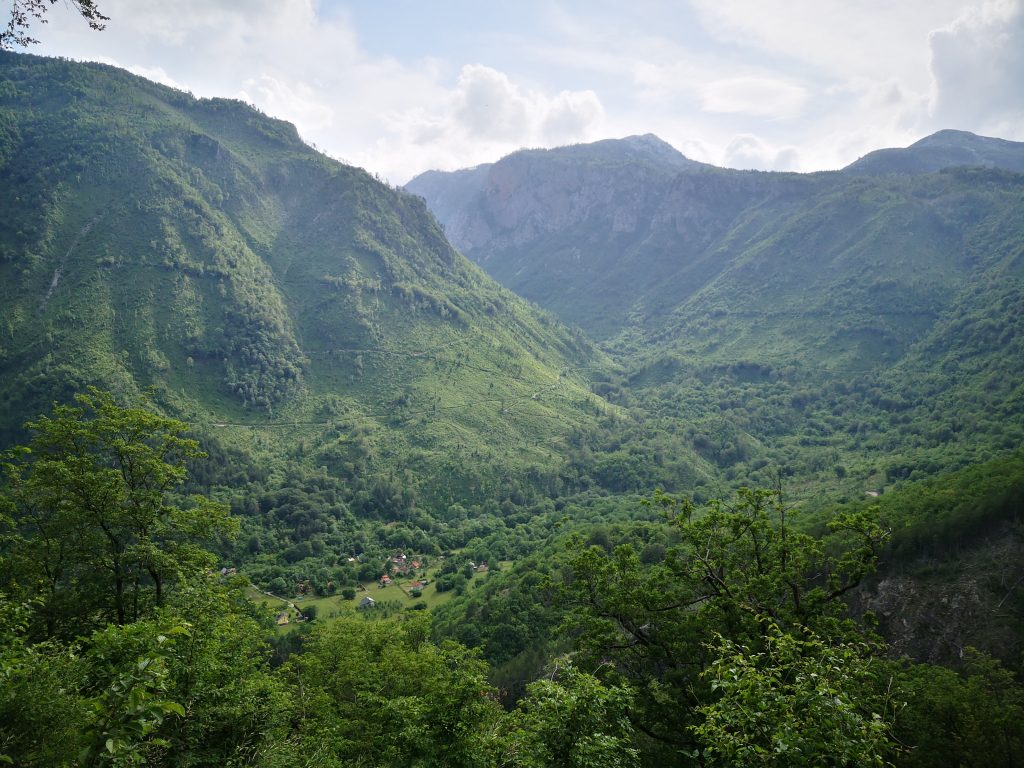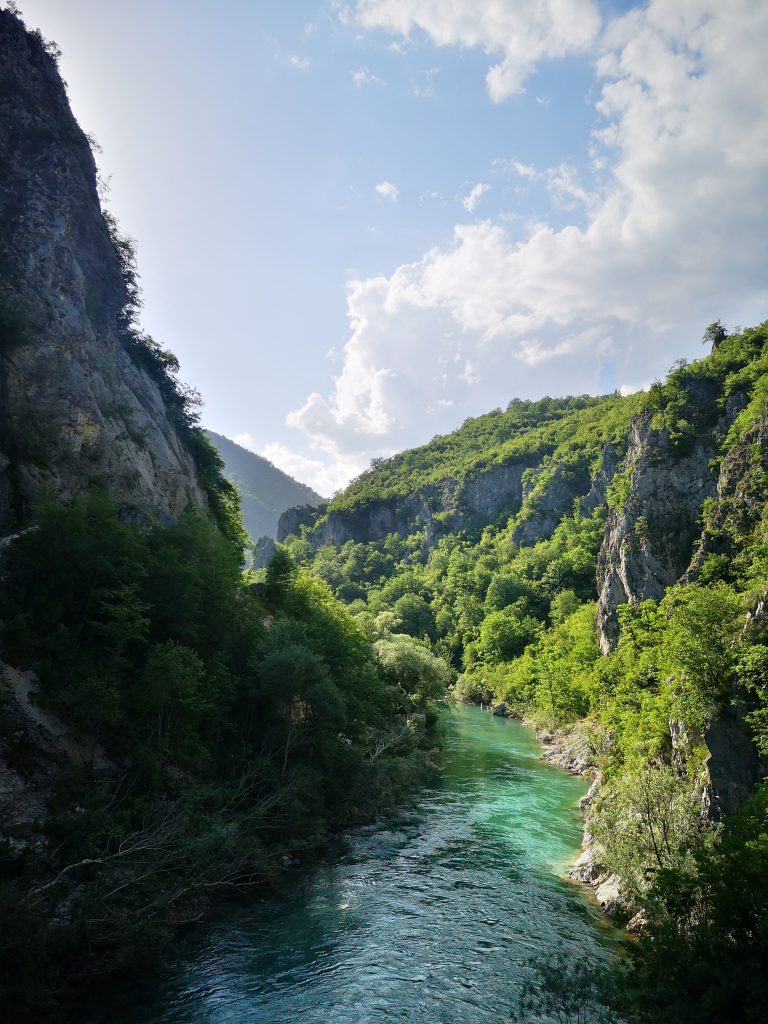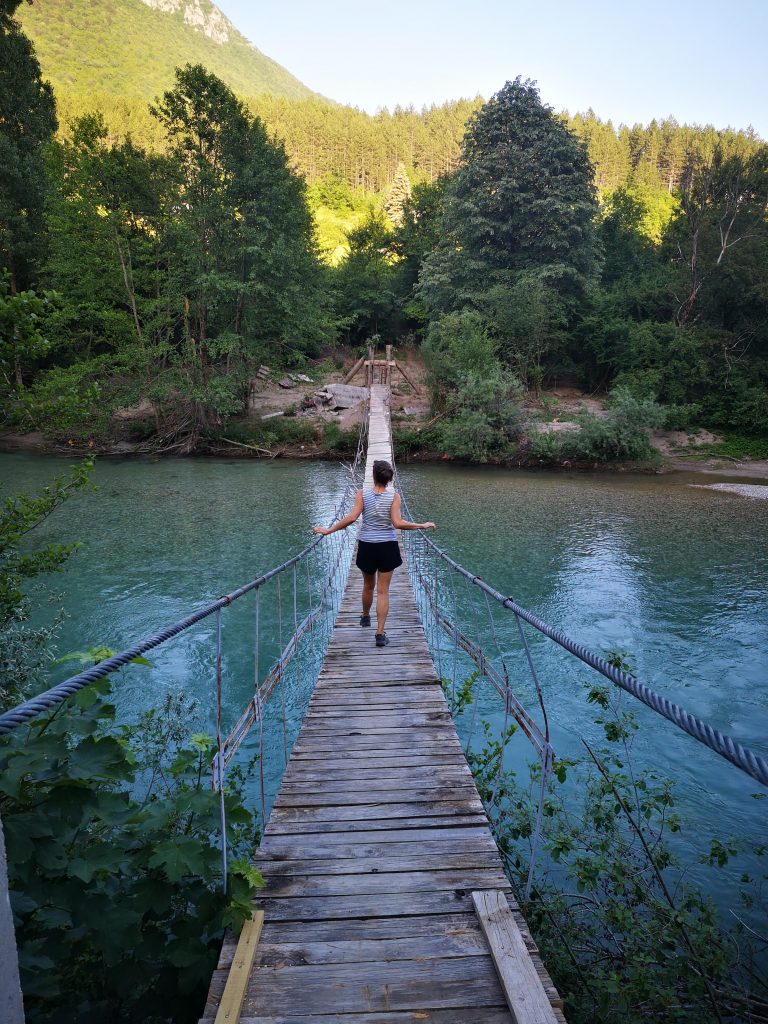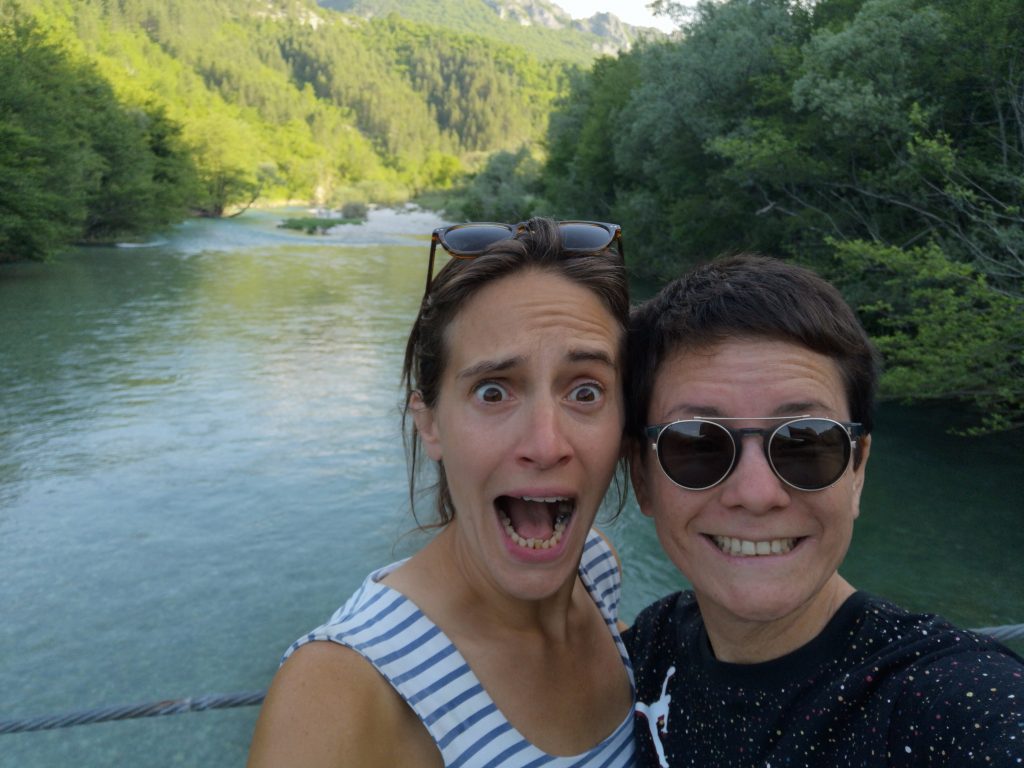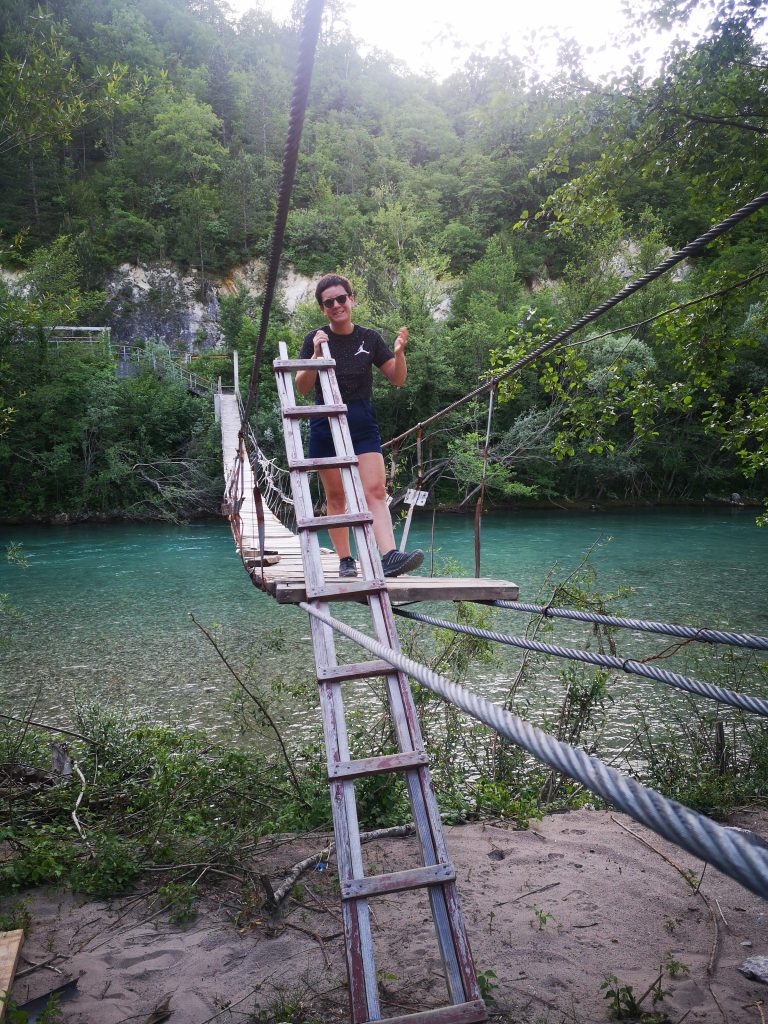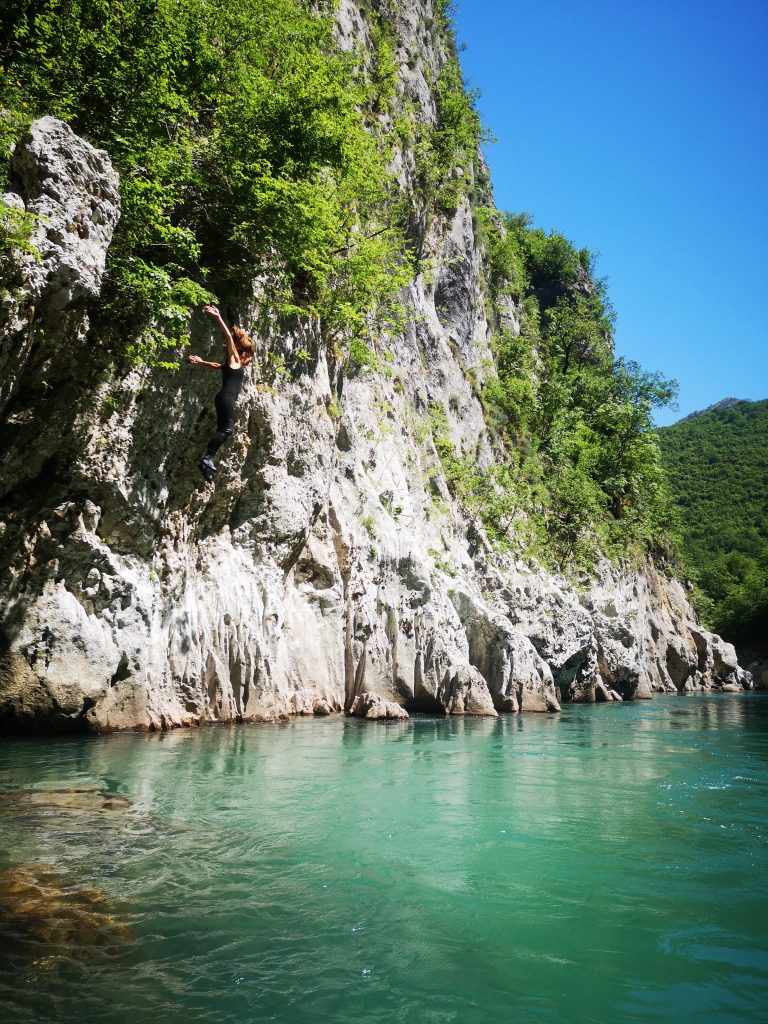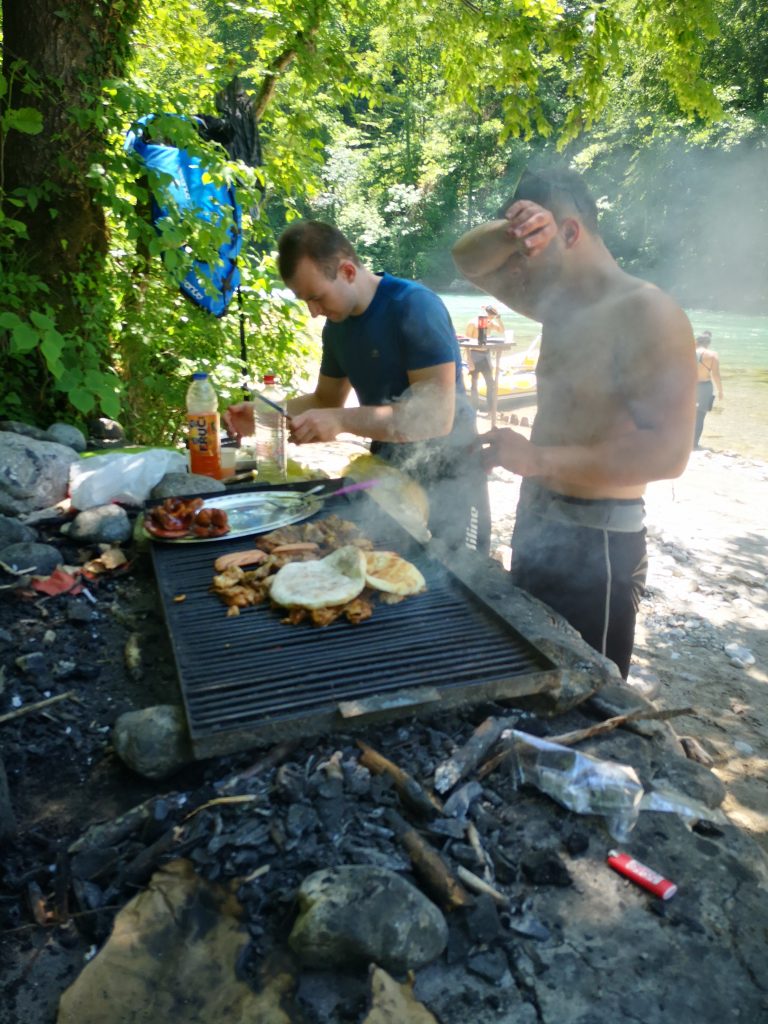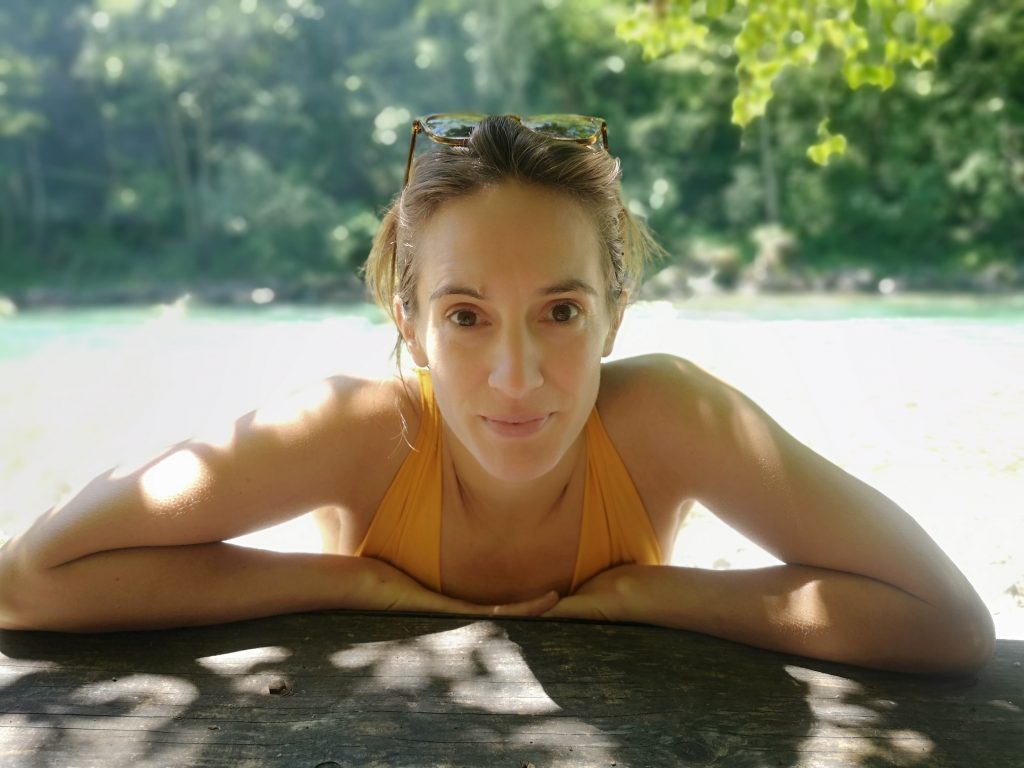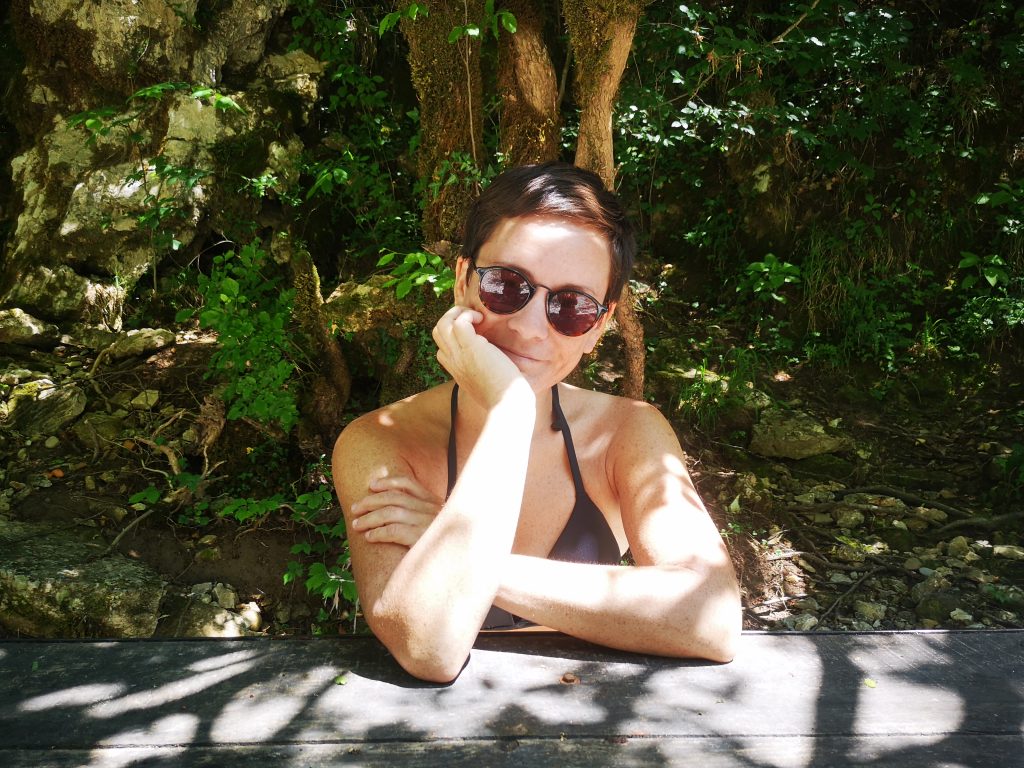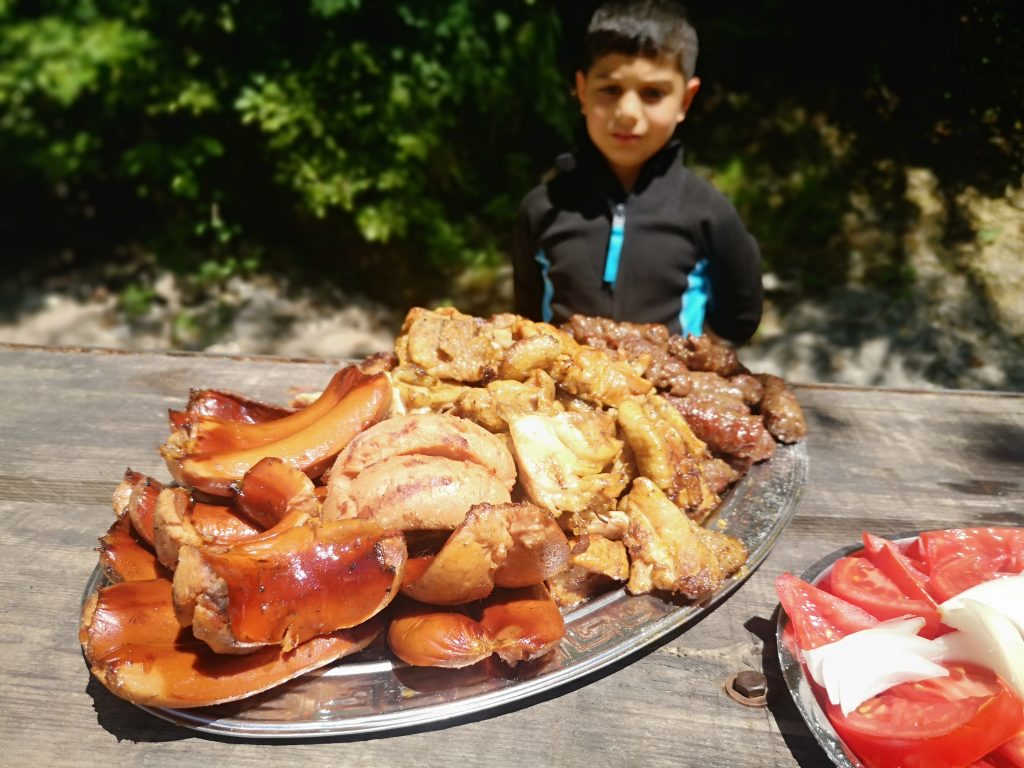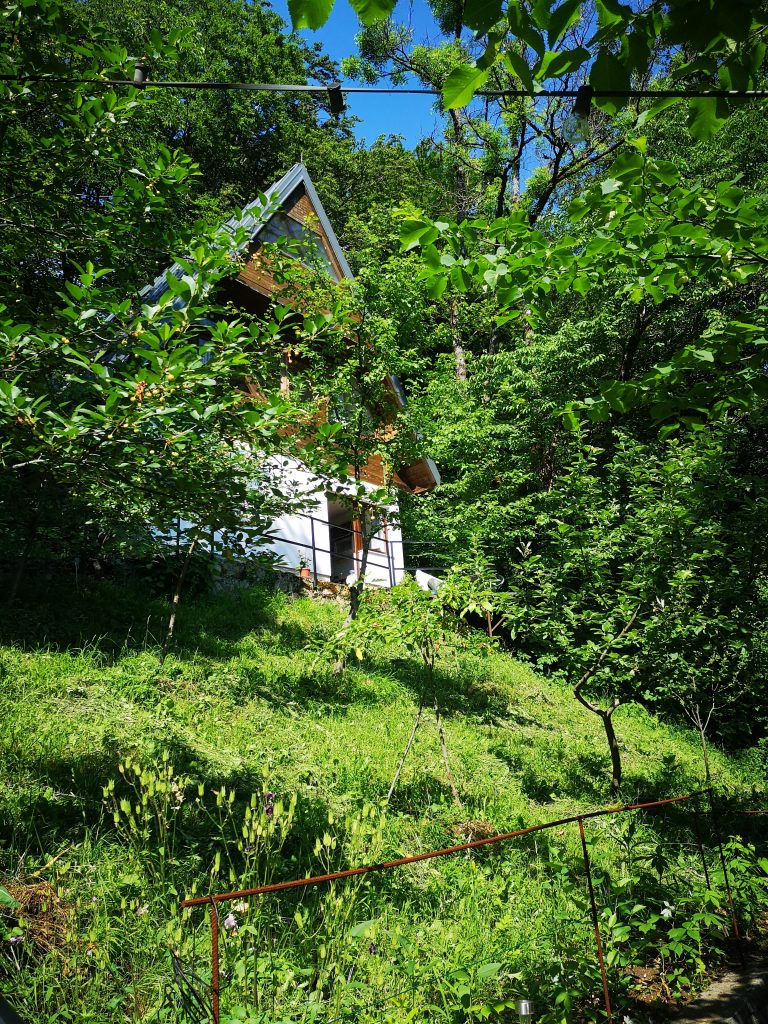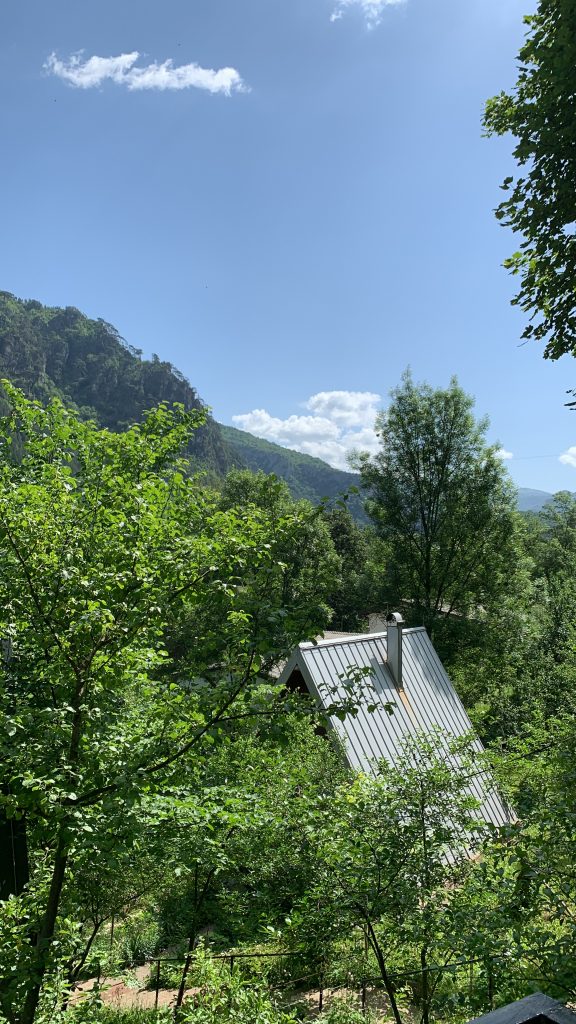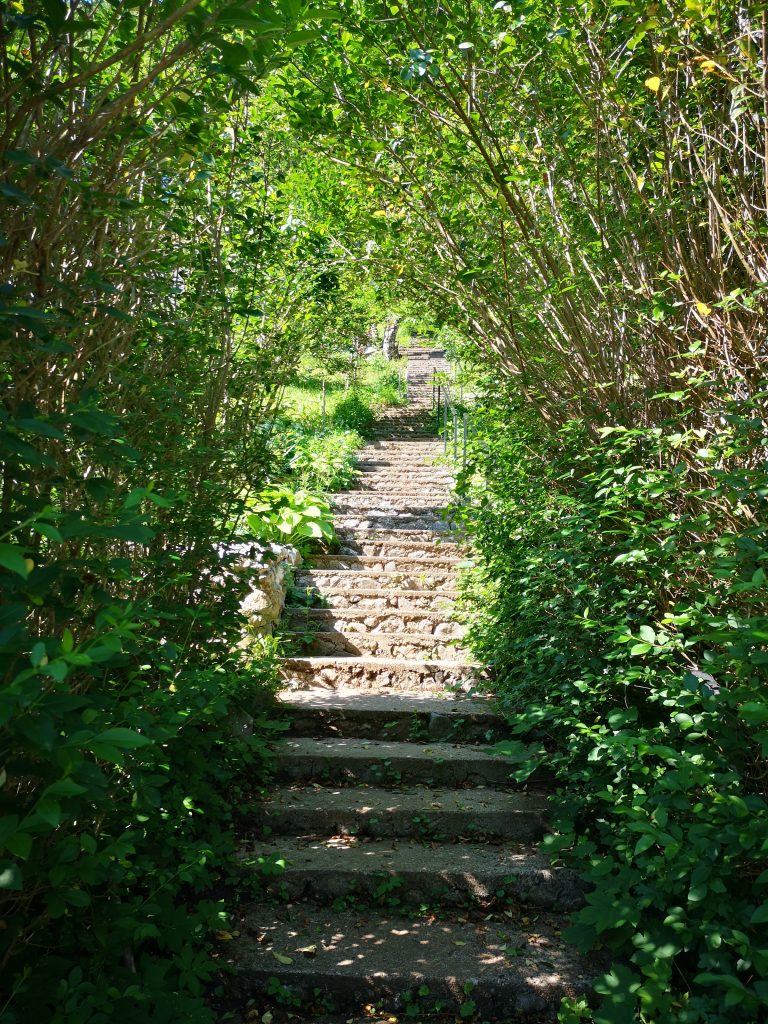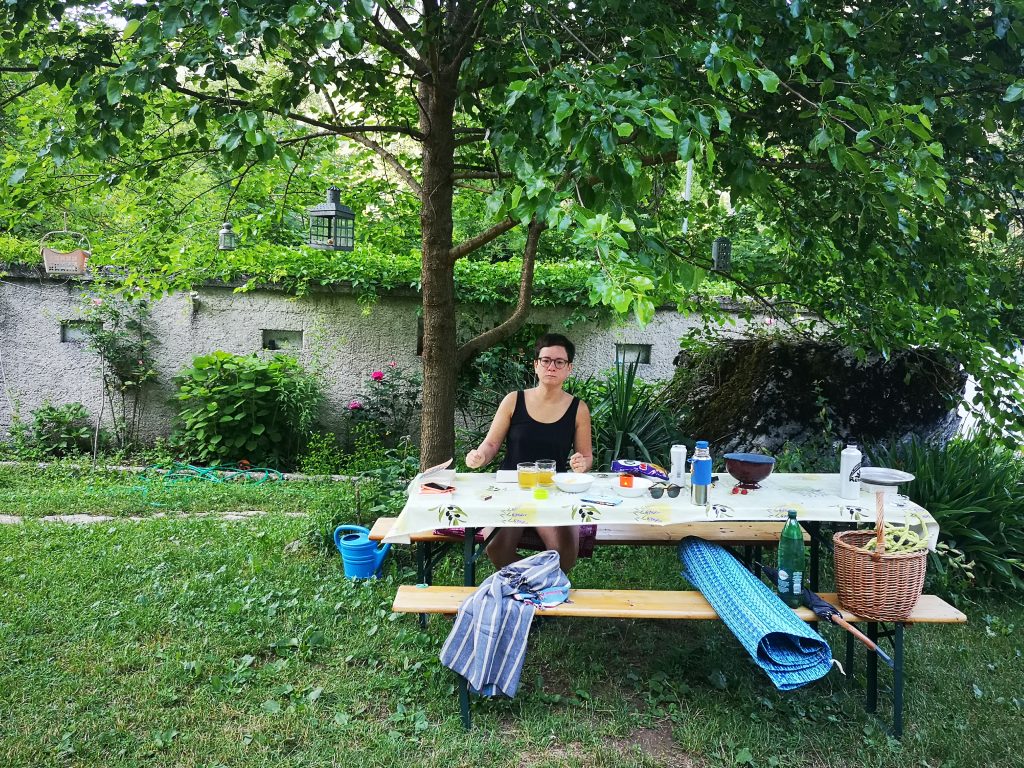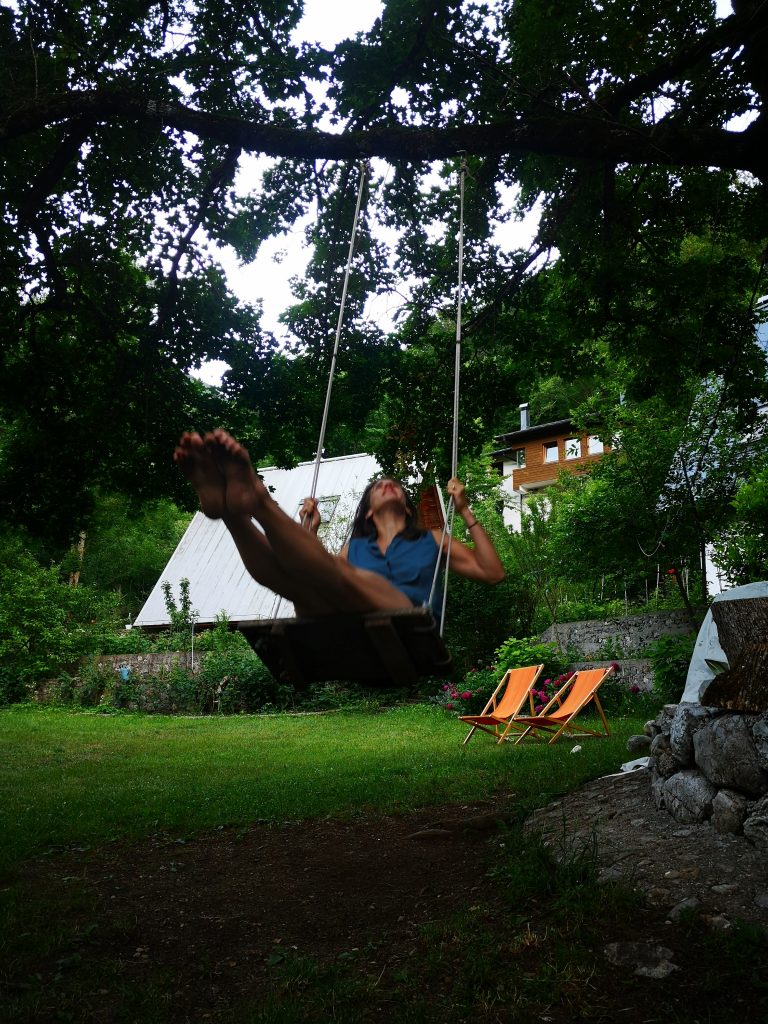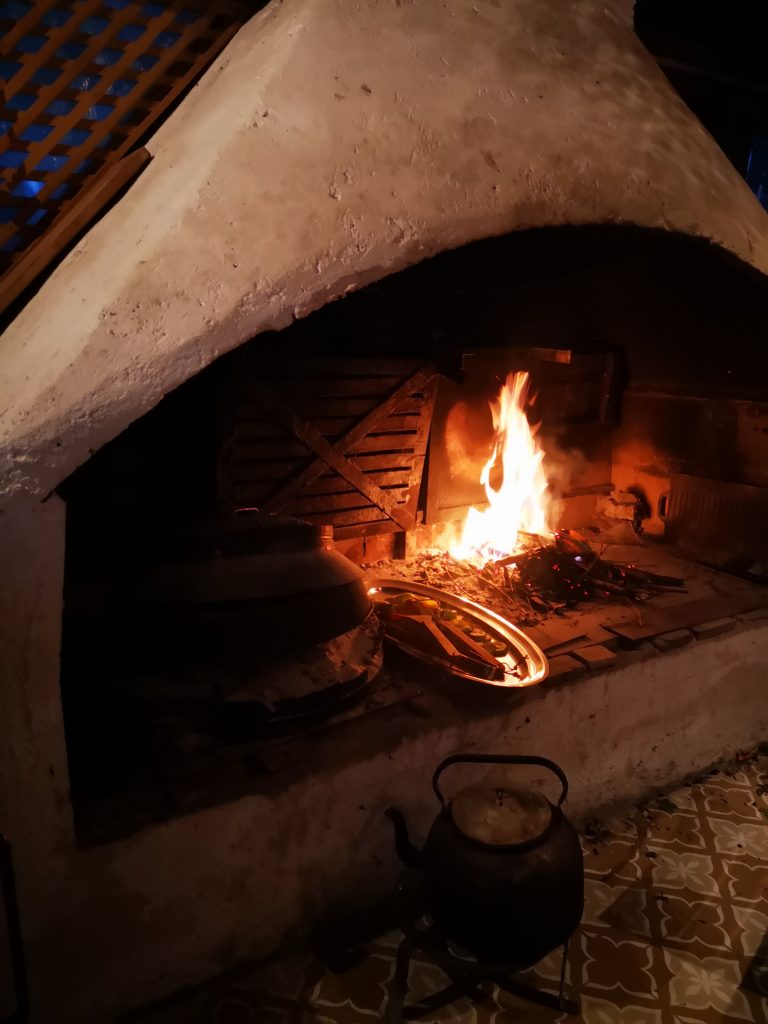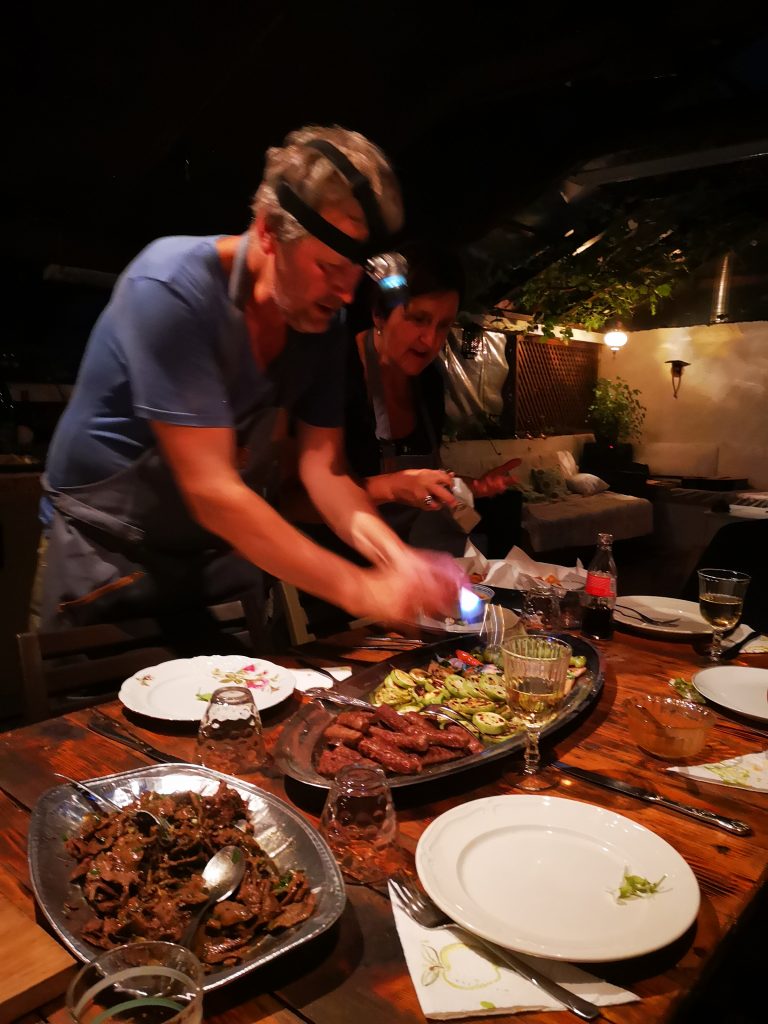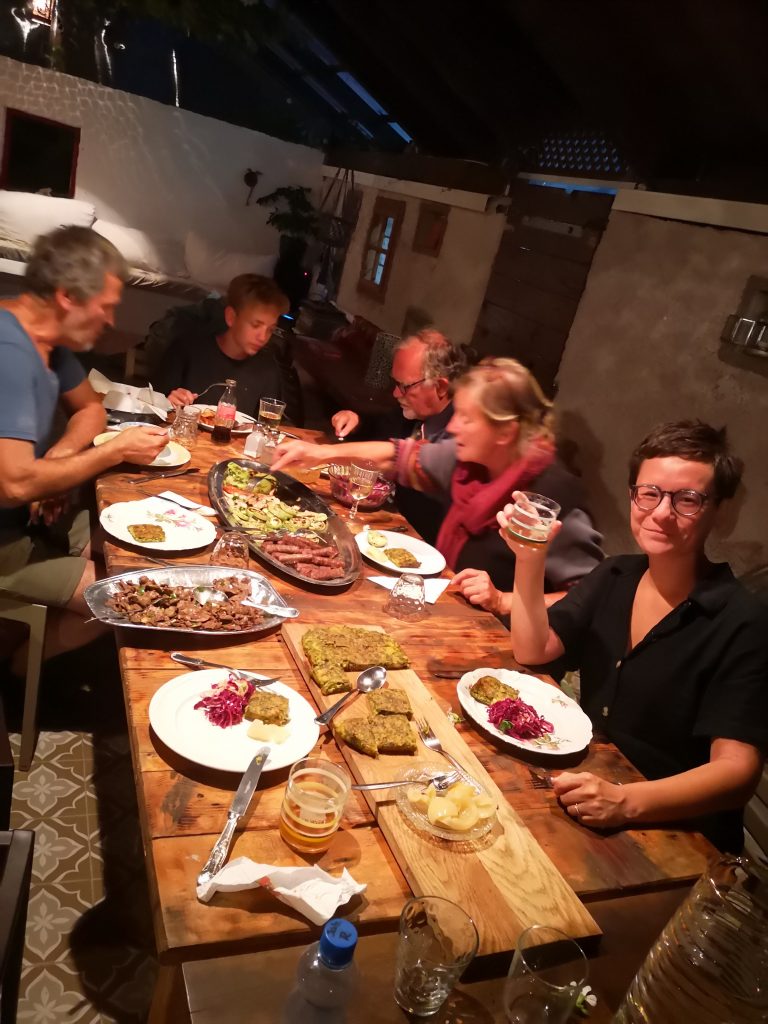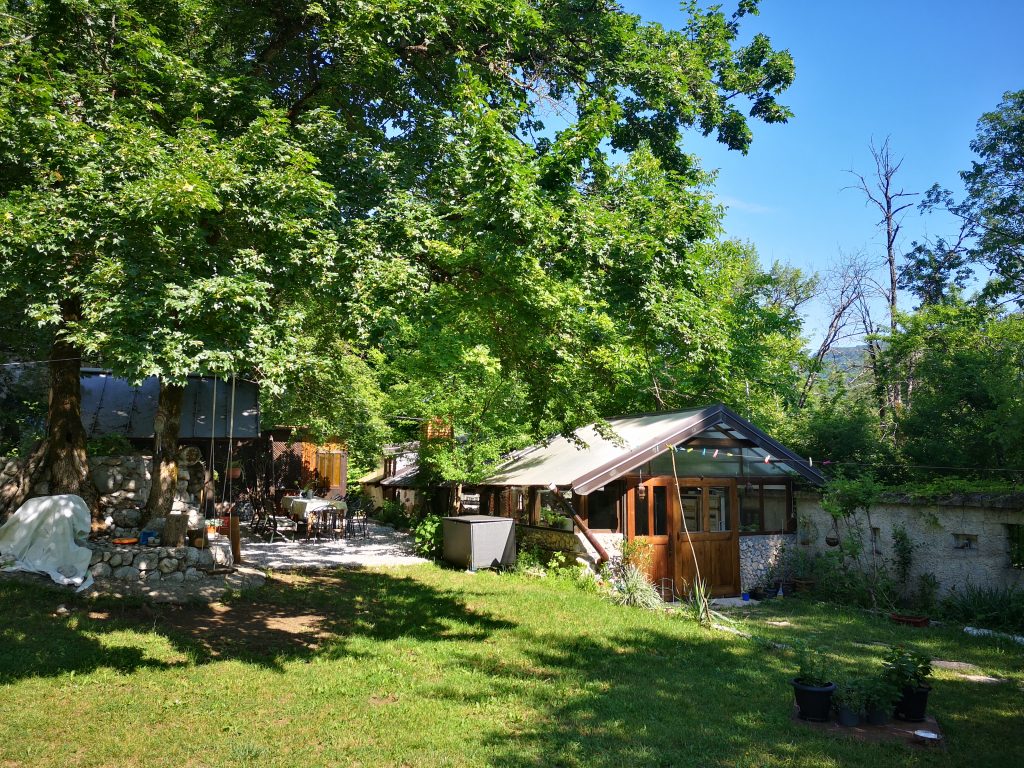It was while we were sipping bespoke cups of delicious tea at Franz and Sophie tea shop, Sarajevo, when we were introduced to Buba’s friend, Orhan. And his story is an inspiring one.
Orhan worked at the World Bank where he met Buba’s husband, but originally he comes from a family of wood carvers and furniture makers, and grew up amongst traditional Bosnian craftsmen. For generations his family has manufactured wooden products and furniture in Konjic, 40 min south of Sarajevo. The styles were typical of the Balkan region – hexagon coffee tables, trinket boxes, solid desks, backless arm chairs etc – simple in form but textured to the minutest degree with intricate carved patterns and inlays, deeply influenced by the Ottoman period. Years of discipline goes into each skilled carver.
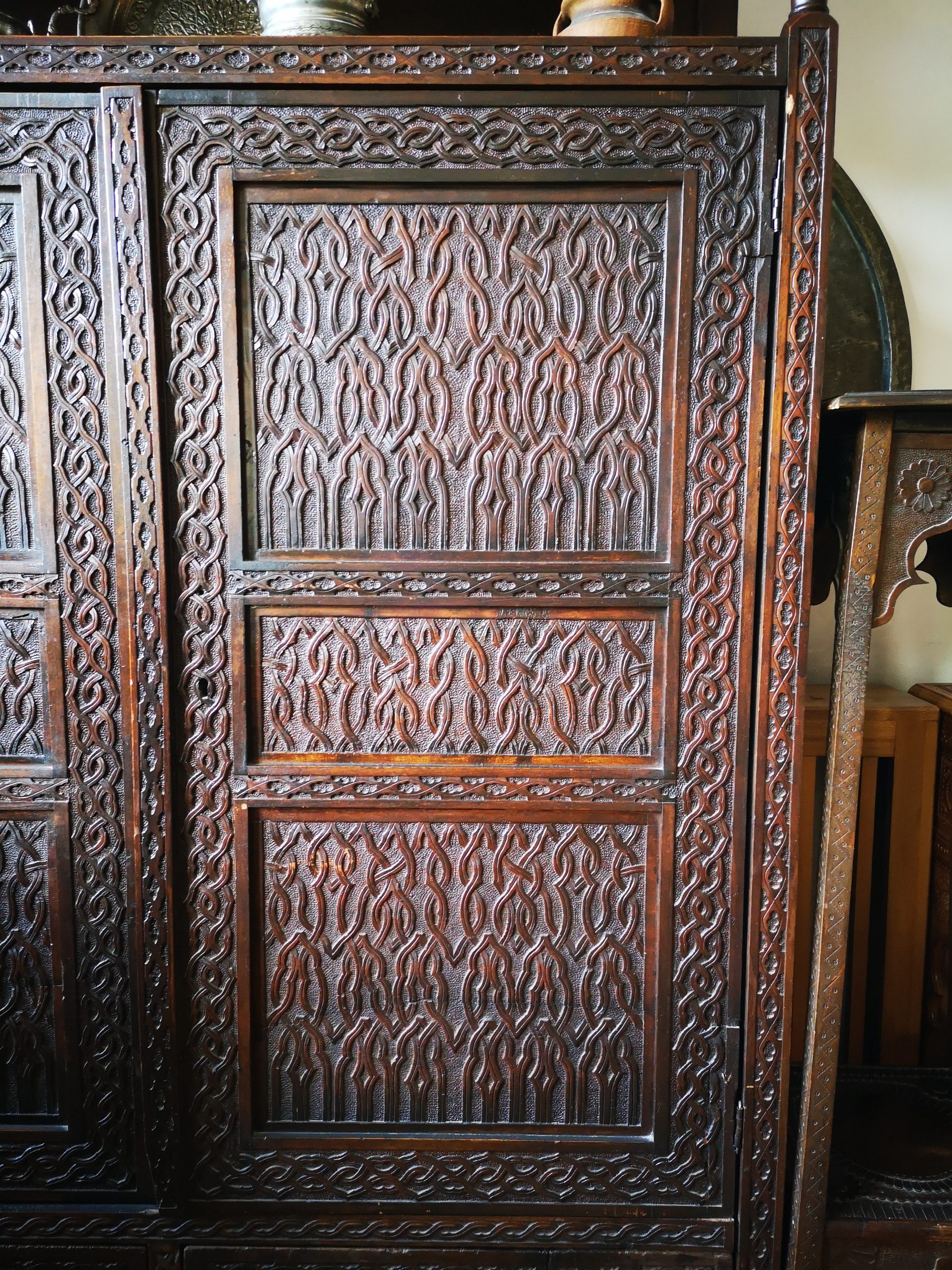
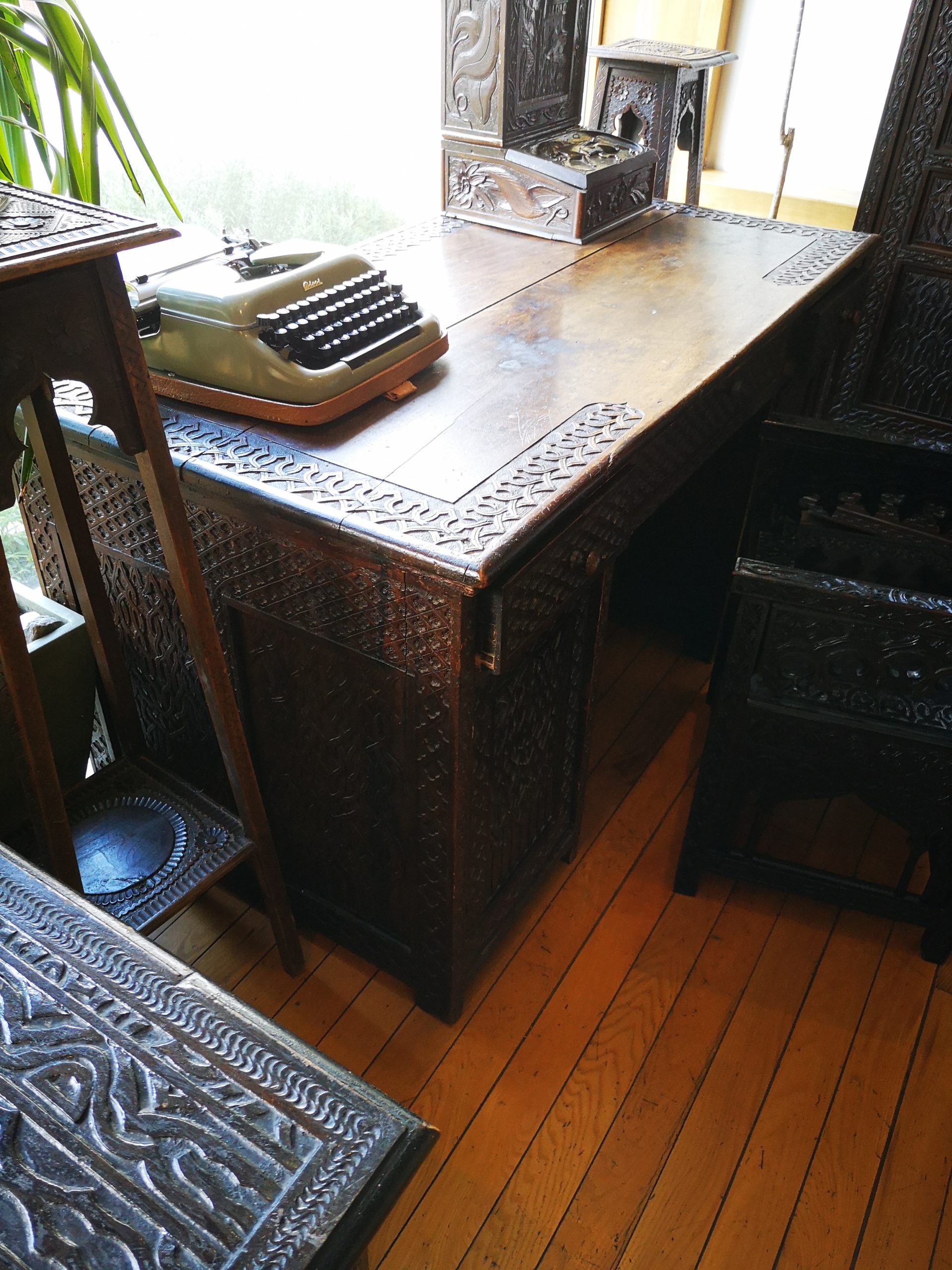
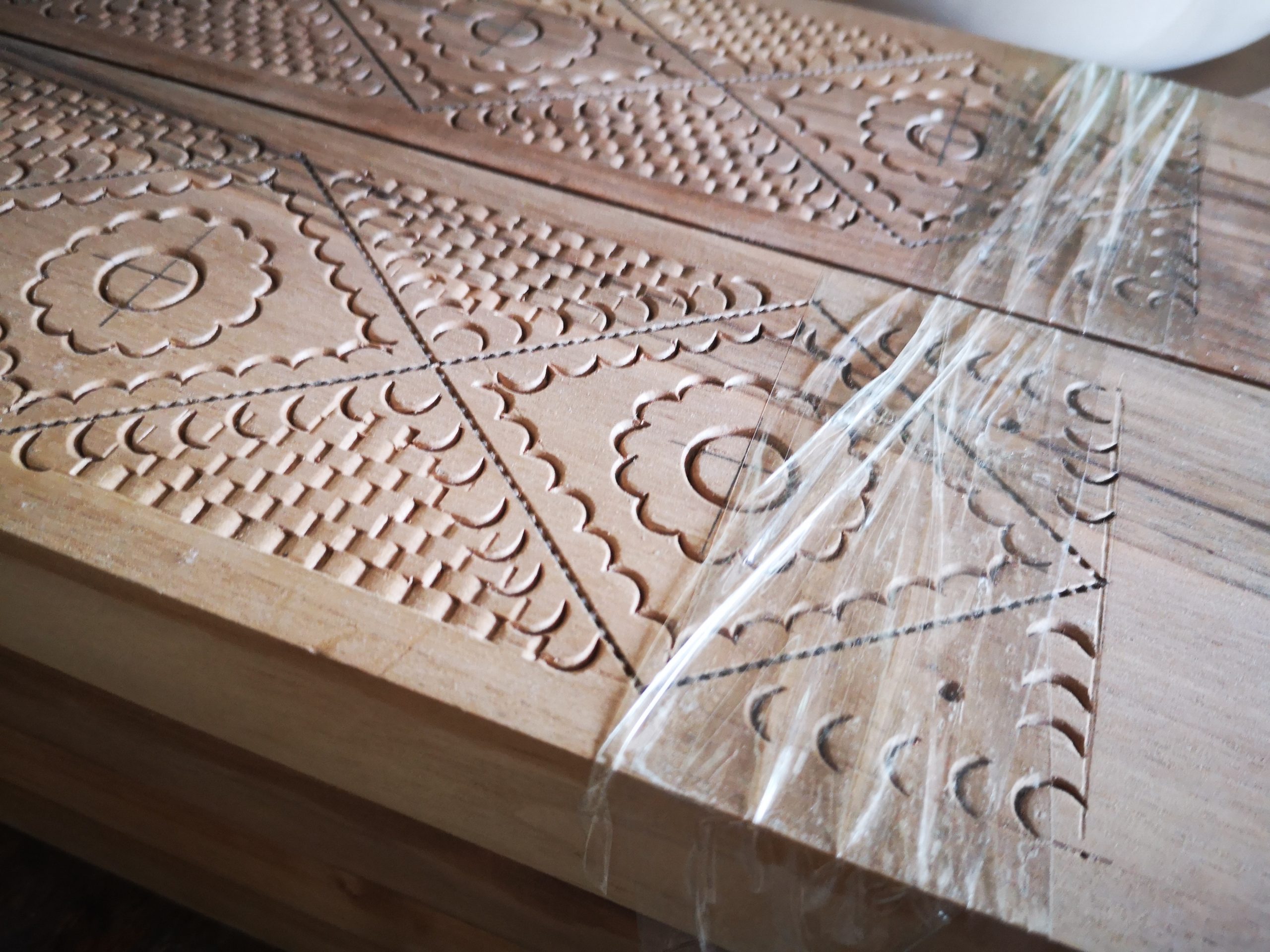
But time moves on and the company needed to be brought forward into modern times, or else fall behind and the skills are lost forever – Orhan returned to Bosnia, and to his family’s business to help evolve a new vision for the company, one that respected the UNESCO protected practice of Konjic wood carving and made it a unique element in contemporarily designed products for the global market. Zanat (meaning Trade) manufactures award winning wooden furniture – beautifully blending clean, simple forms and lines with a touch of hand carved flourishes. We met Orhan at his showroom and then went on to explore their workshop and met the carvers. Pippa was like a kid in a candy shop!
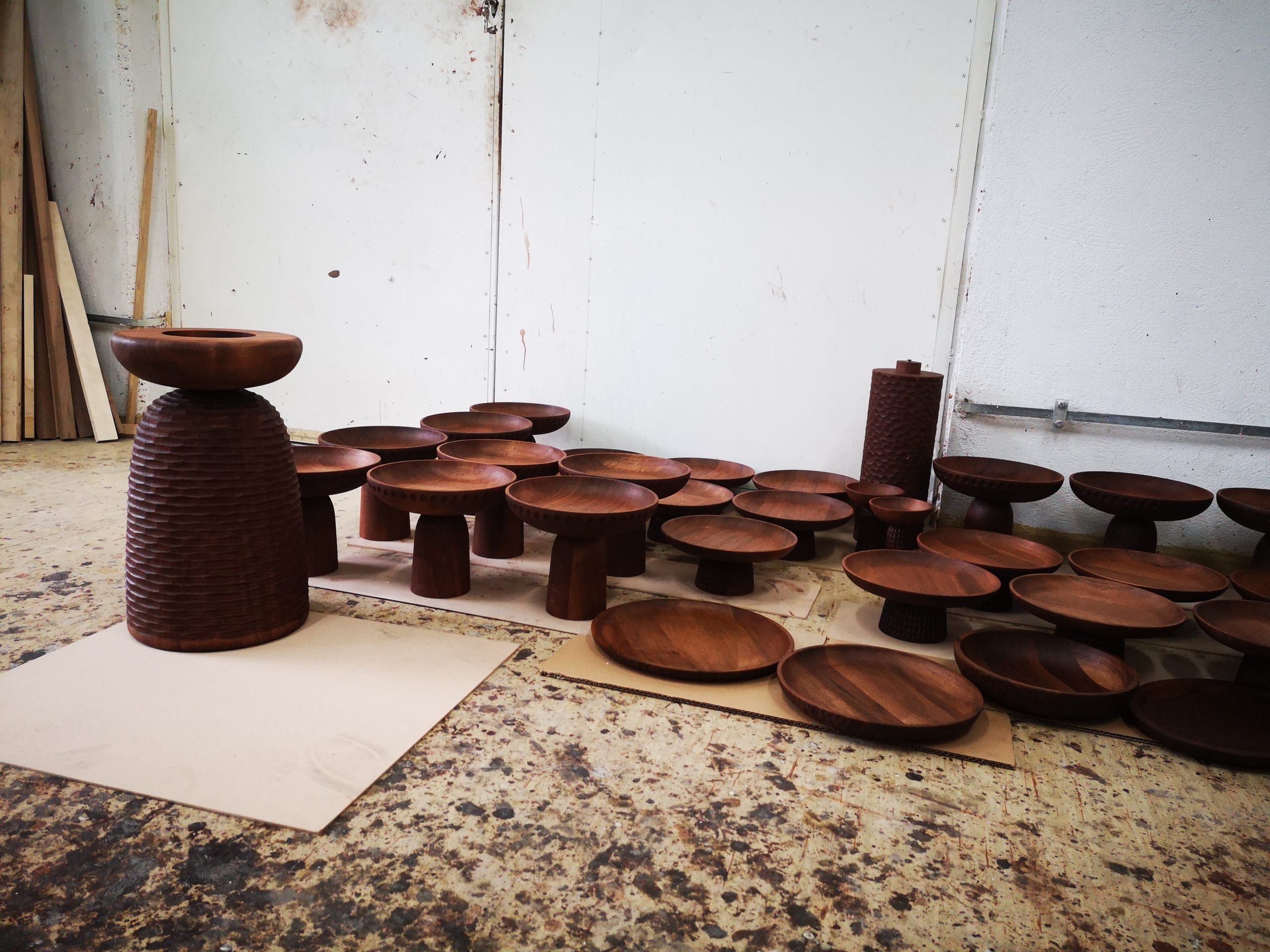

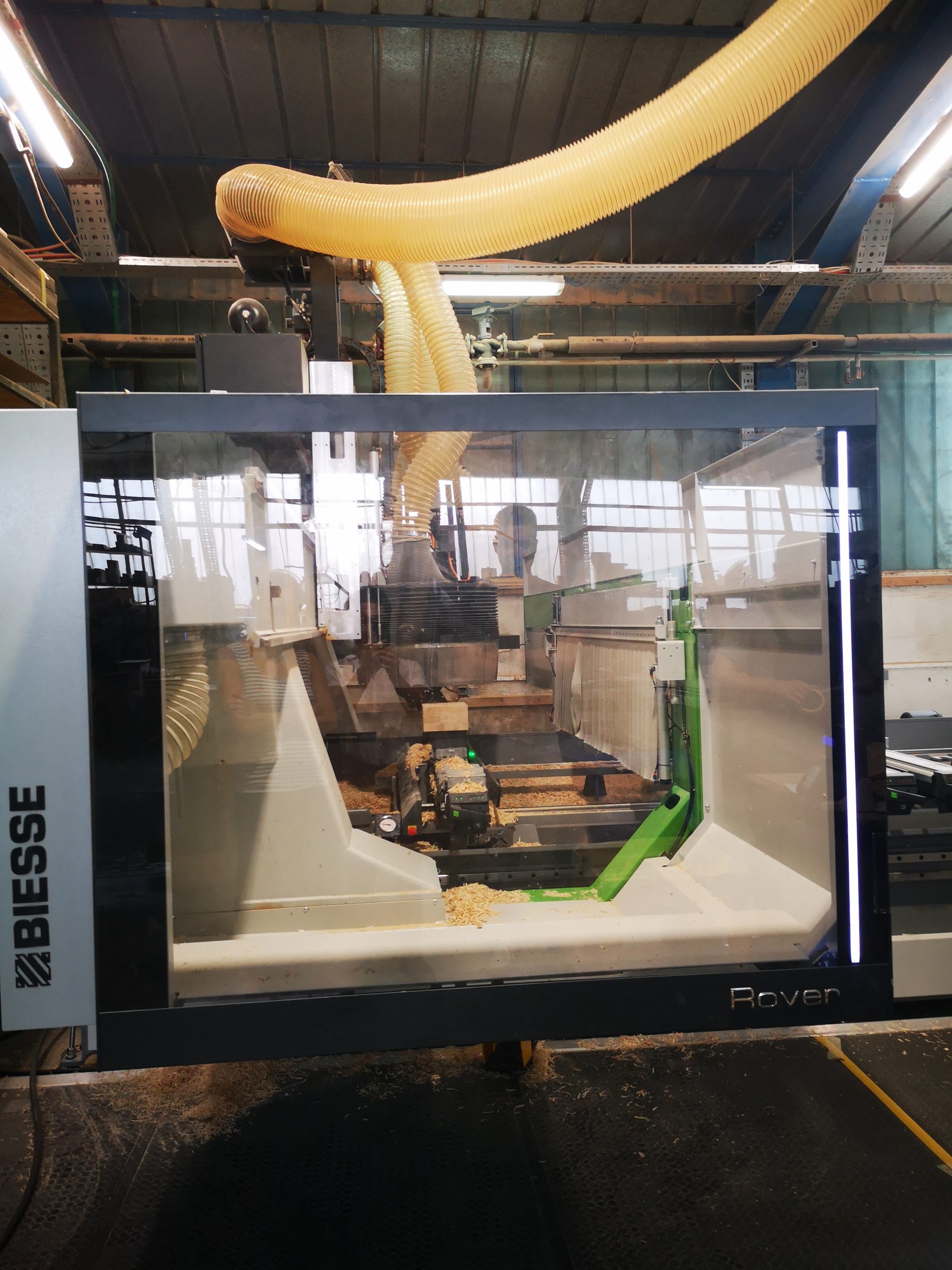
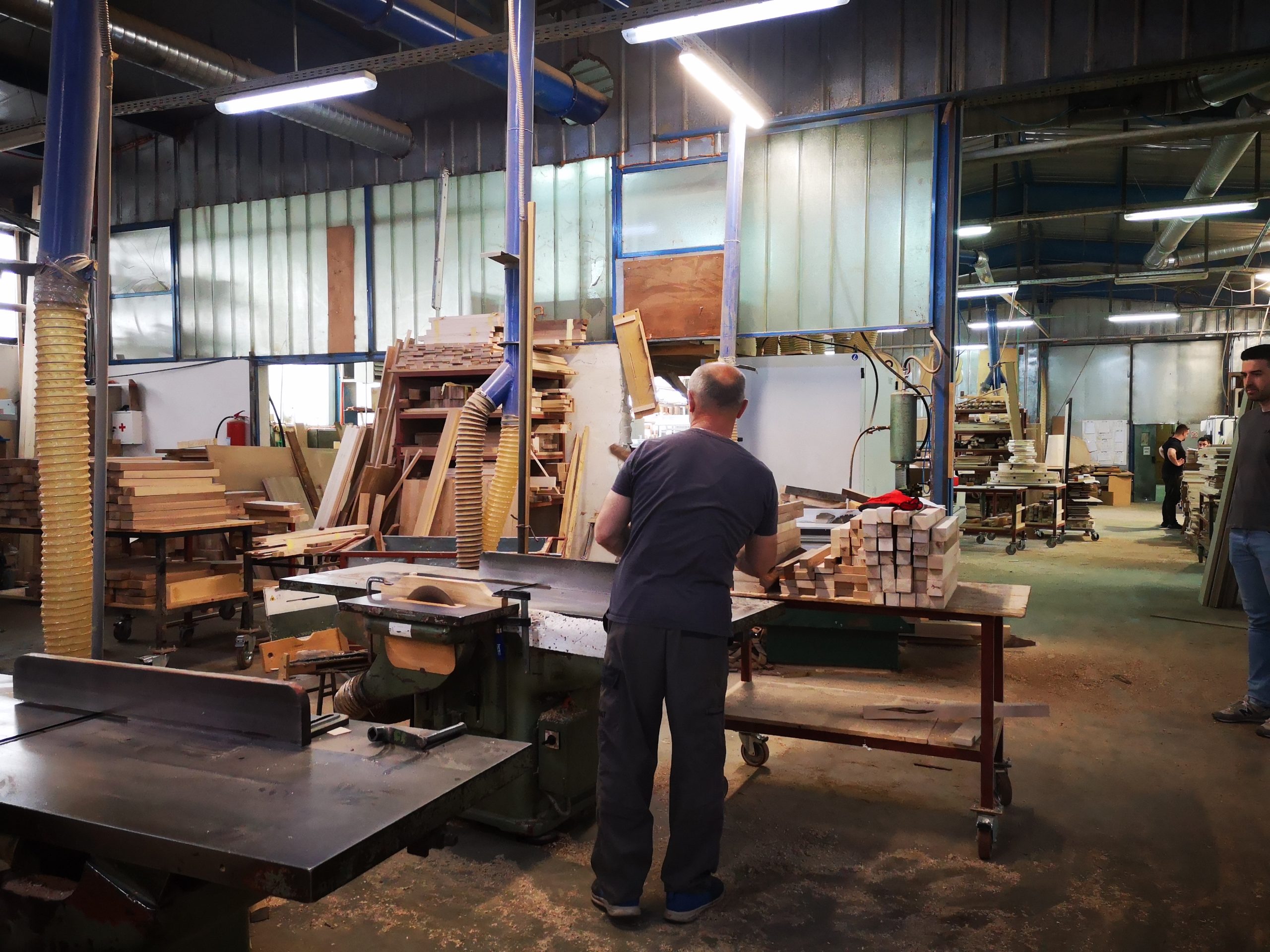

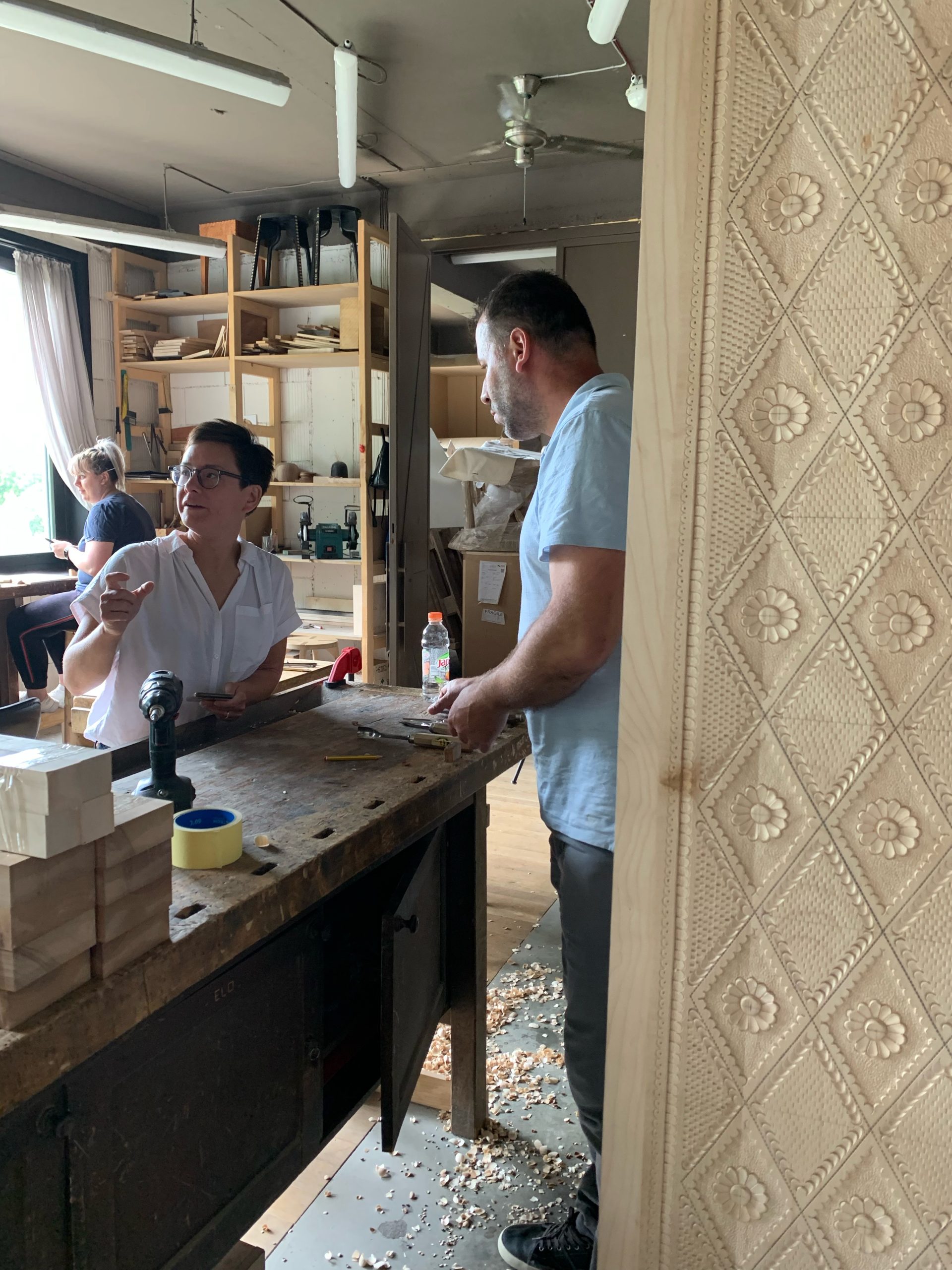
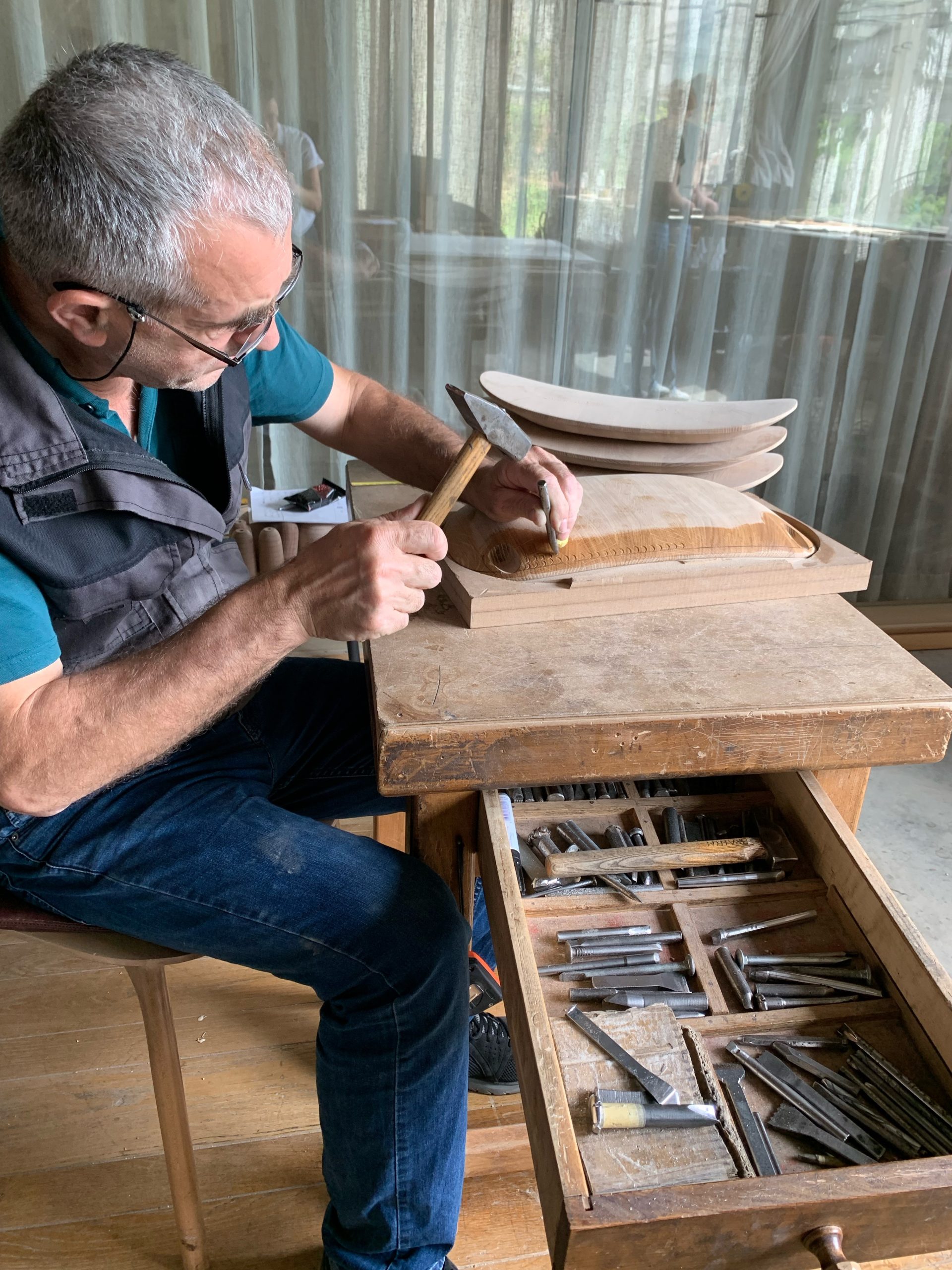
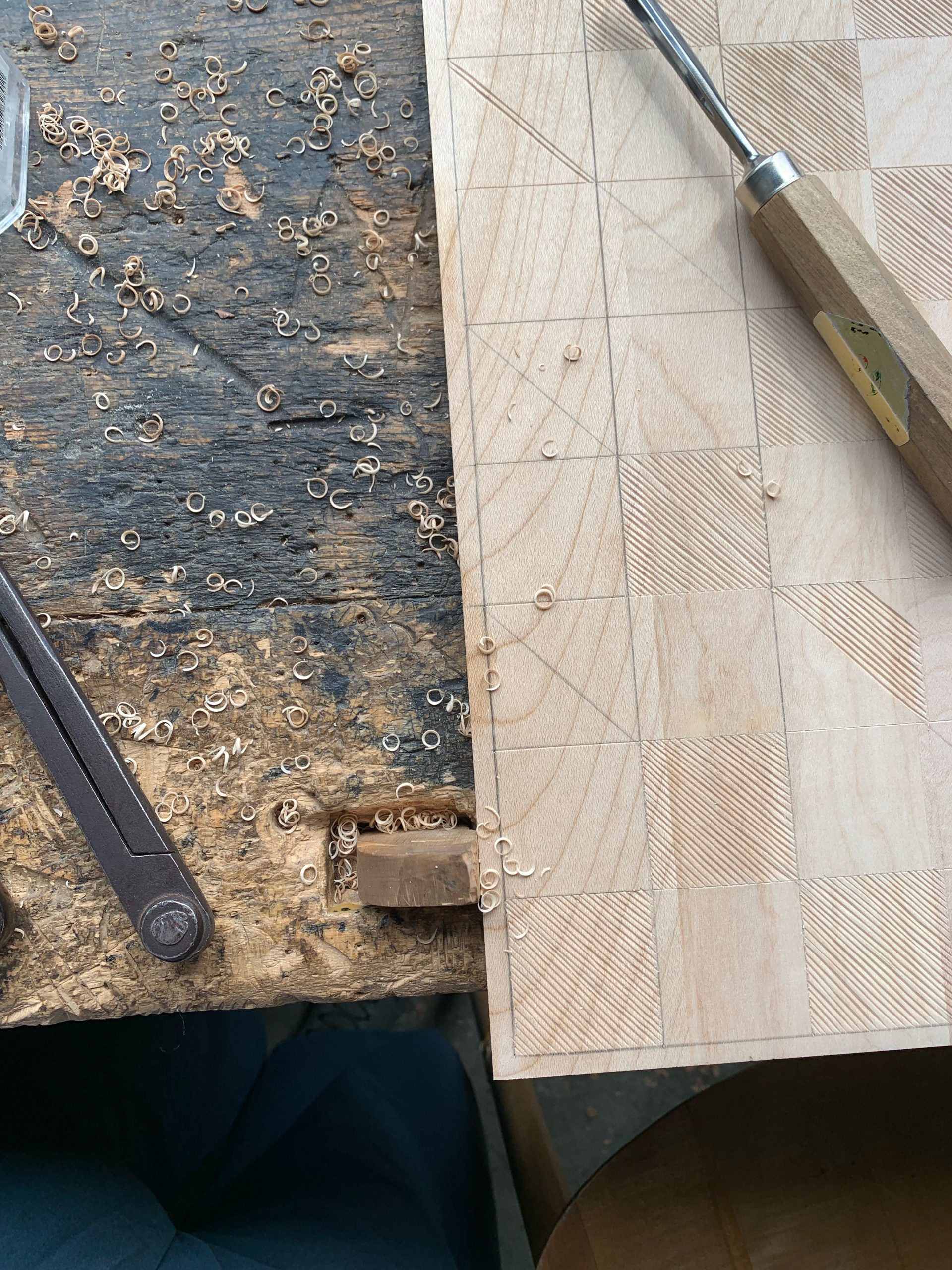
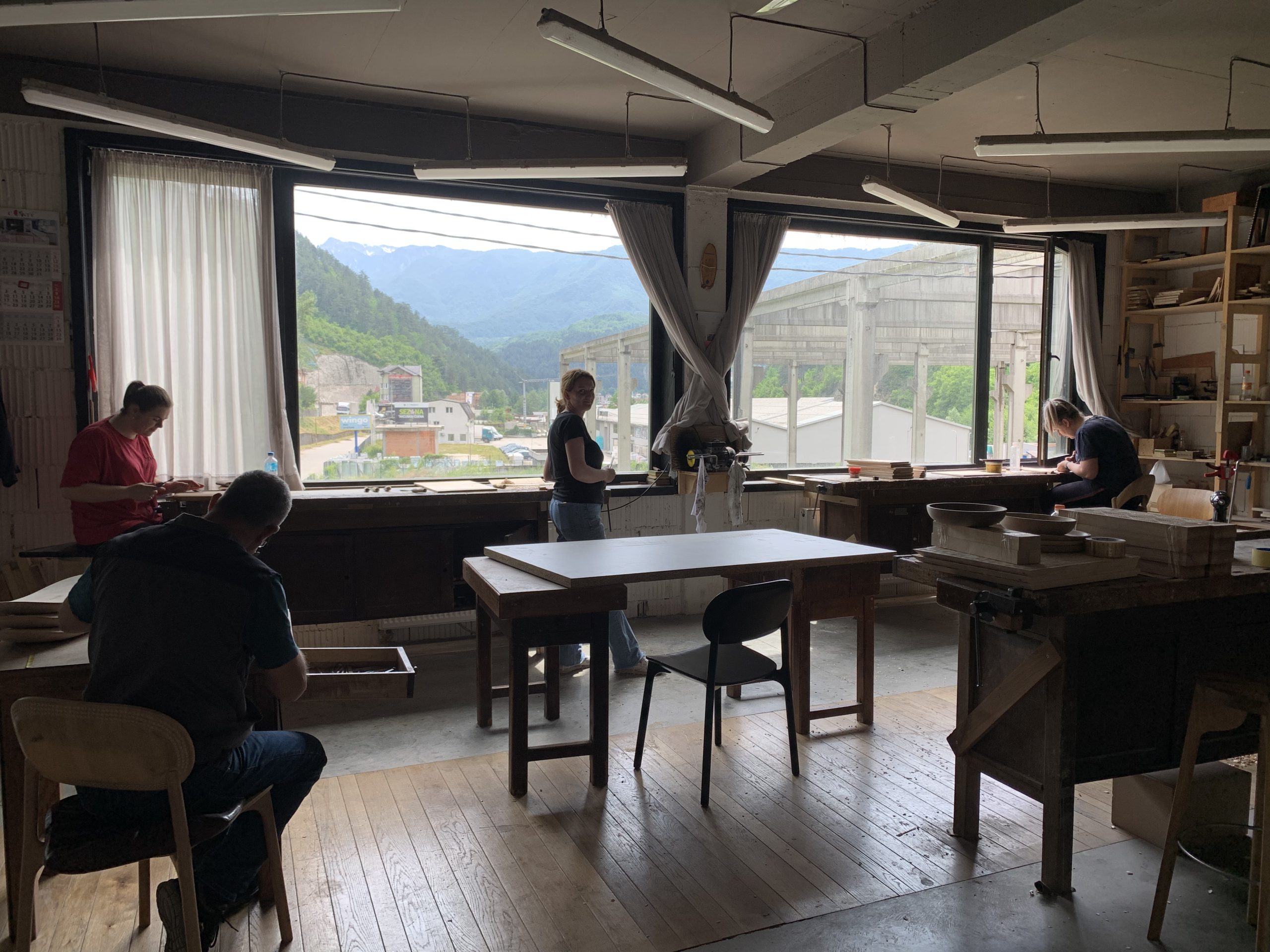
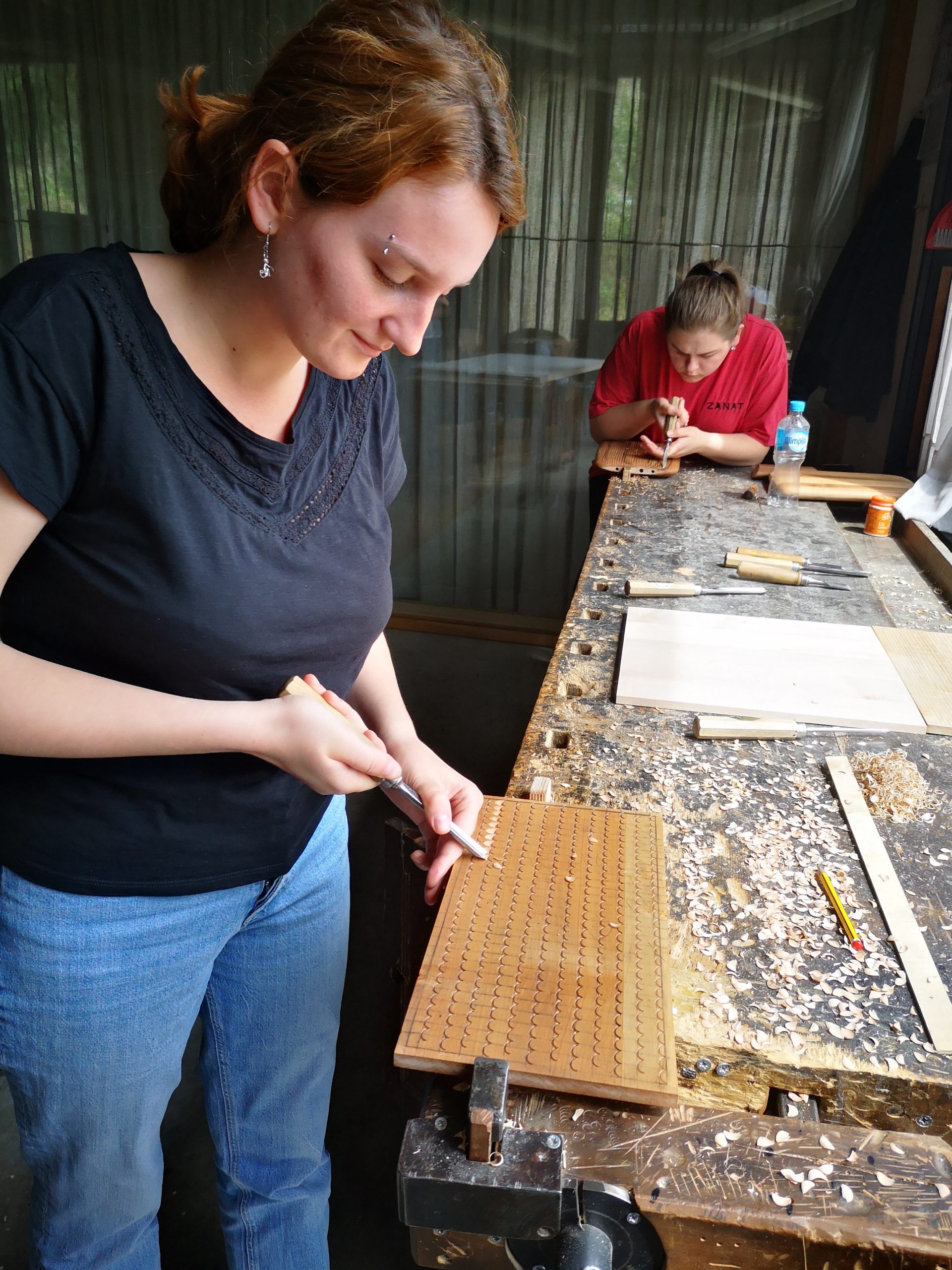
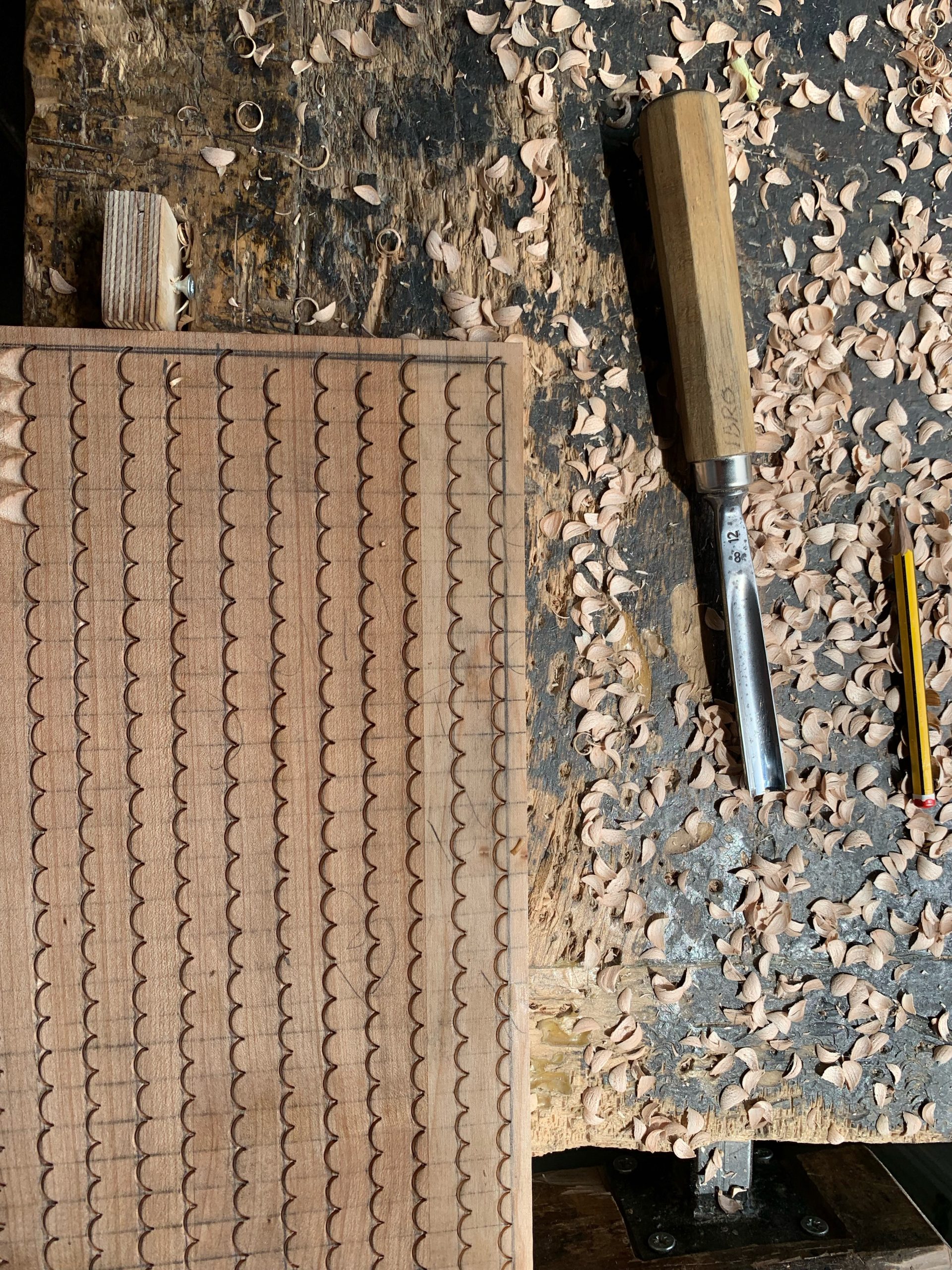
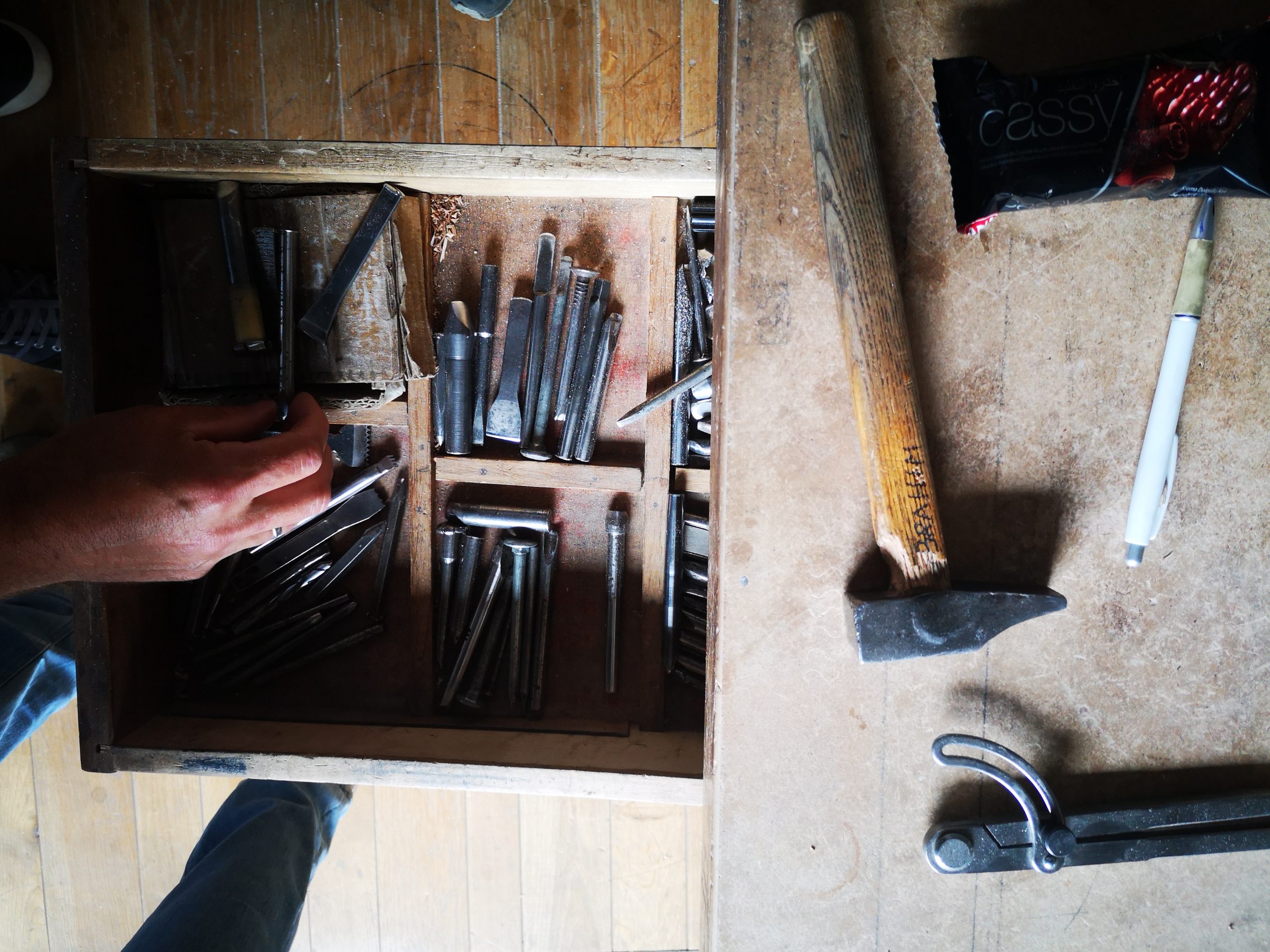
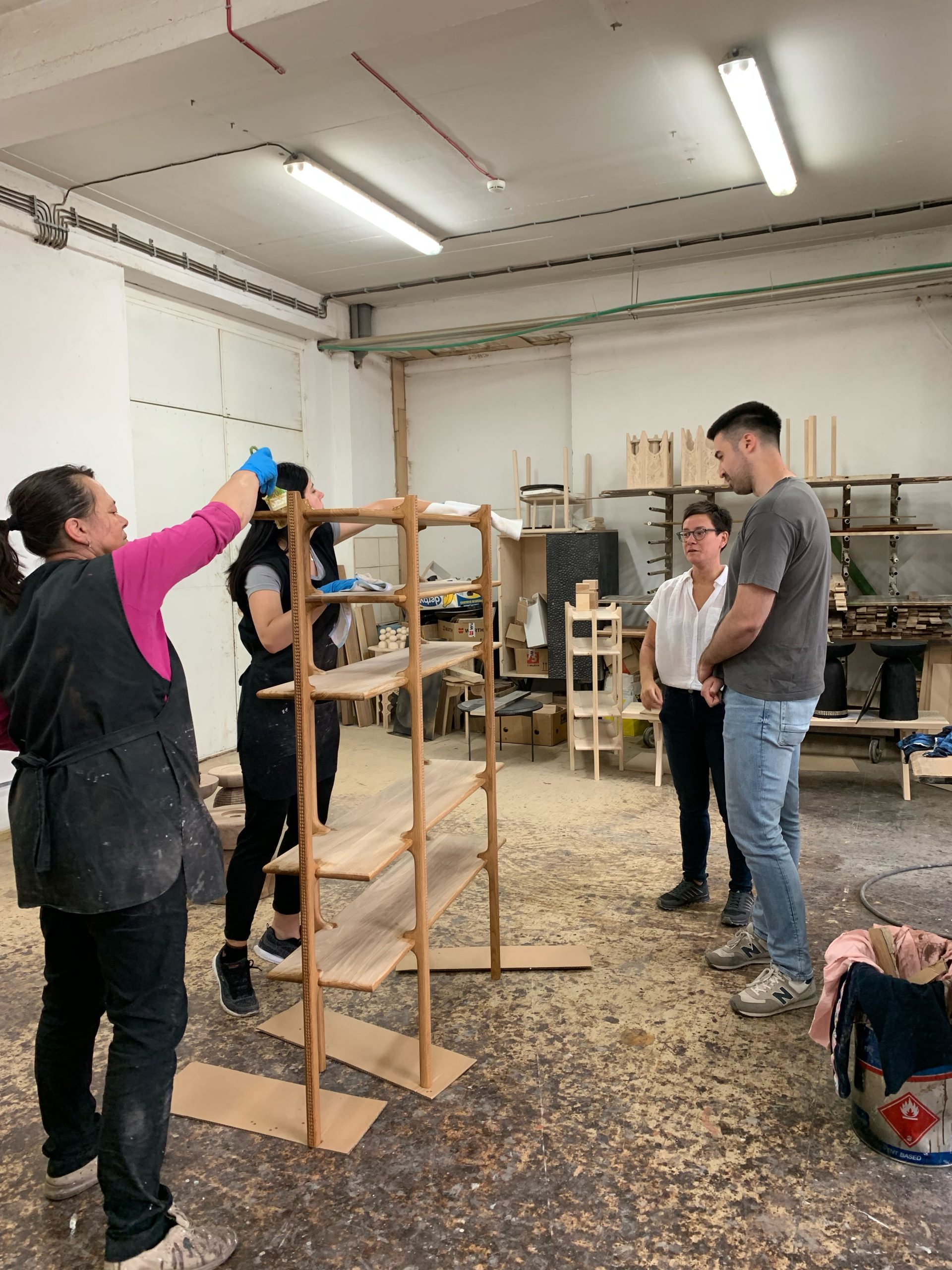
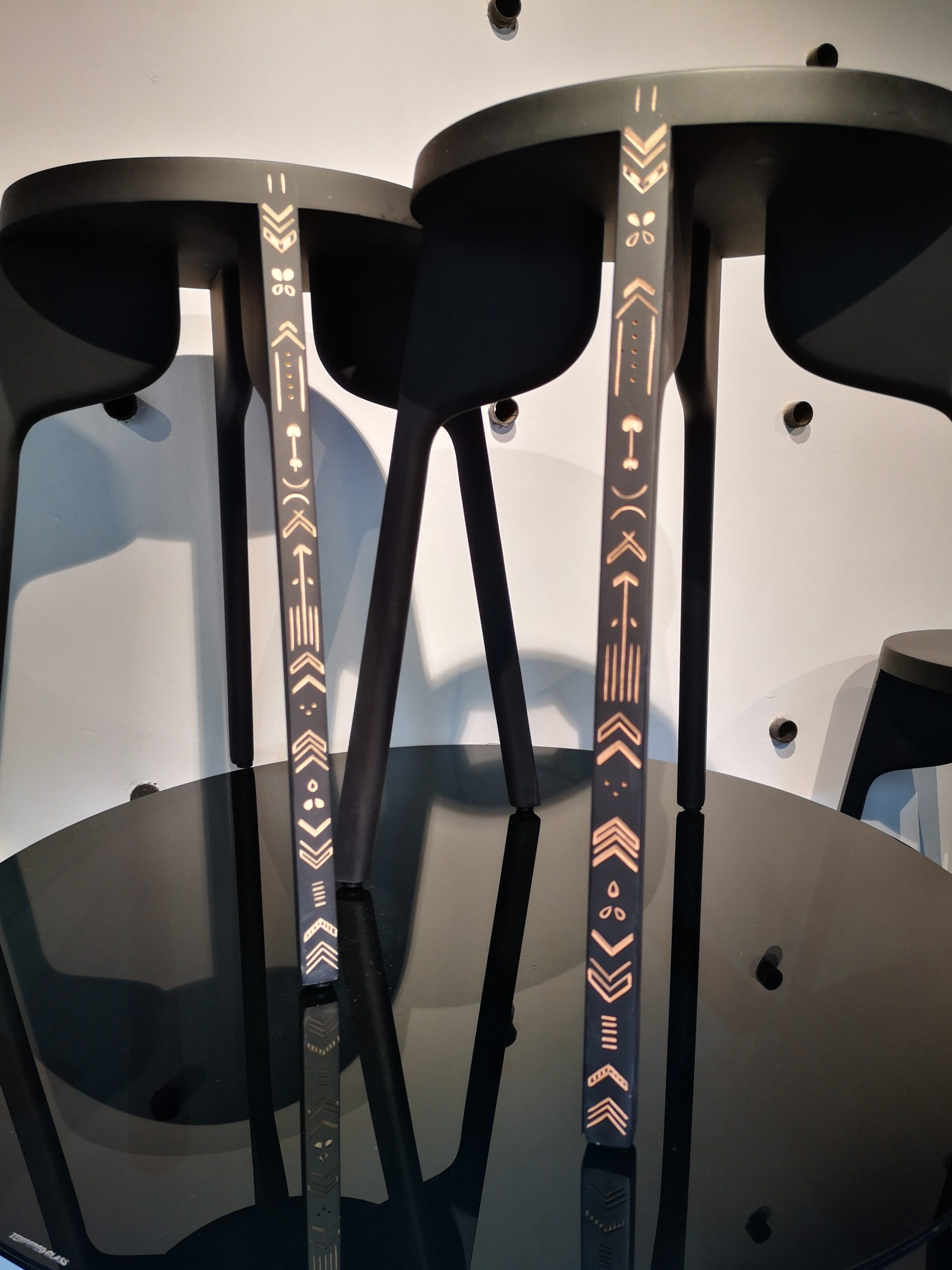
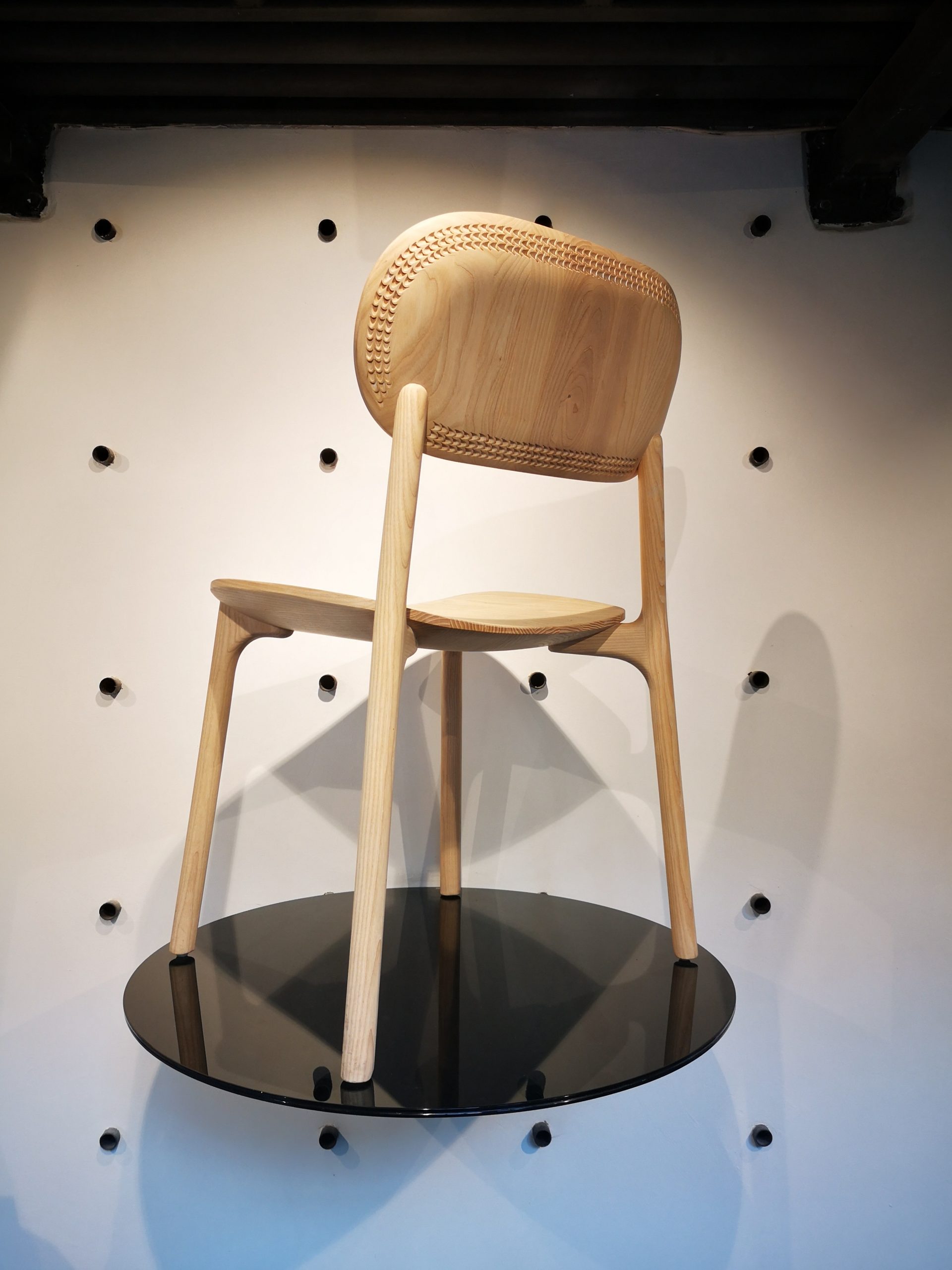
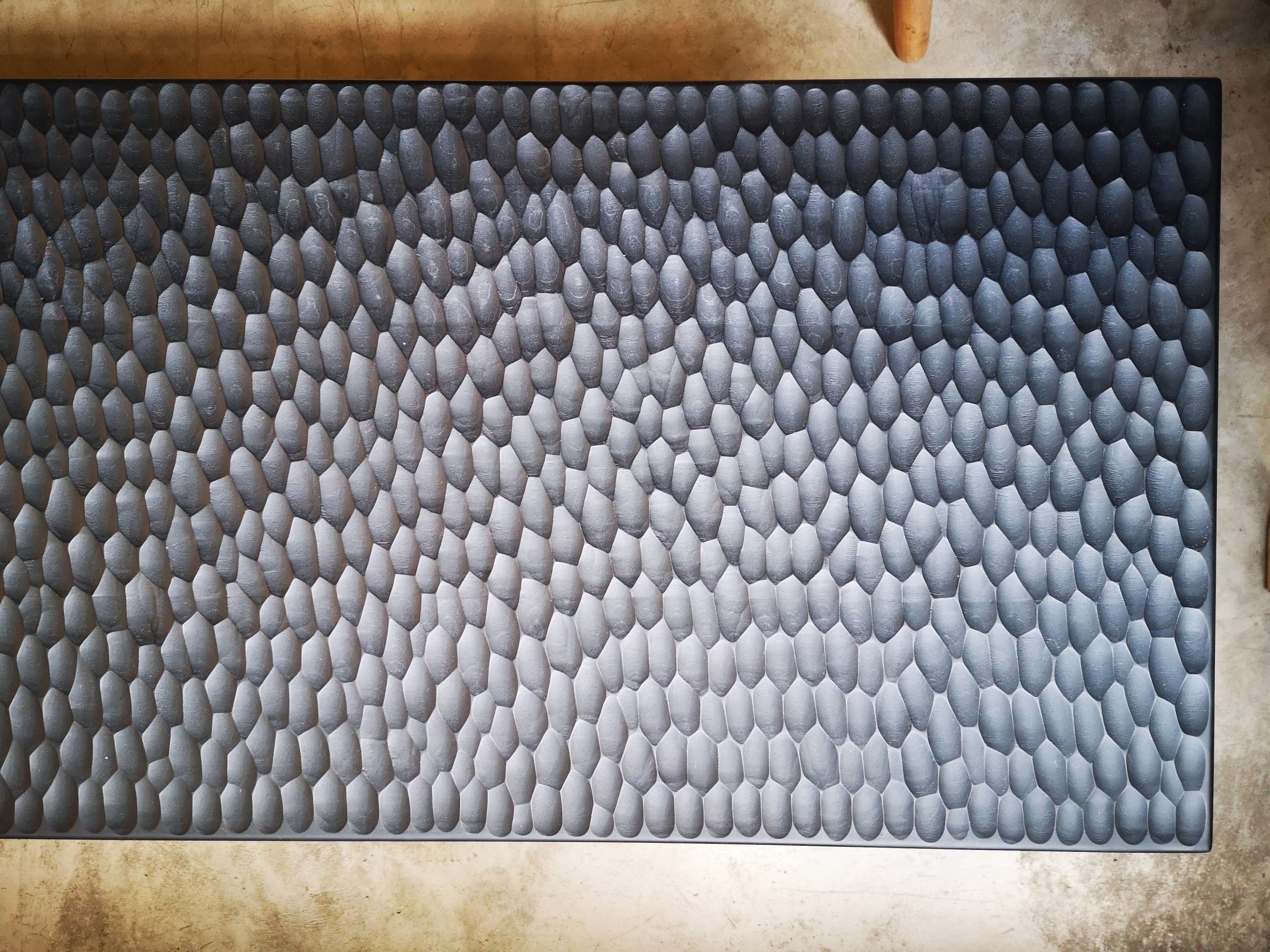
Still on a journey of historic discovery in Bosnia, the Yugoslavian war was understandably a very prominent and relatively recent event. But to understand what happened and why, we needed to learn about how Yugoslavia was formed in the first place, that time in global history, and then when everyone was reeling from the Second World War and the atrocities committed by those that aligned with the Nazis, how it became a united country under Communism.
It was against the evil of racial cleansing that the existing communist group – the Partisans – brought together allies across the Balkans to fight back, claim back the region, and eventually install a Communist regime. The partisans were led by a man called Josif Broz, affectionately known as Tito.
Following Tito’s legacy, and hearing the love people still have for this man gave us a new perspective to the Communist project and how the model may have been shadowed by those wielding its power in other areas of the world.
Tito led Yugoslavia from the landslide election in 1945 until his death in 1980. In that period he sculptured his own unique form of Communism and brought productivity and growth to Yugoslavia. We went to go visit his Bunker just outside Konjic. It was built by him as self-protection in the event a nuclear war, luckily it was never used.
It is accessed by a 220-meter long corridor that descends 280 meters underground. To access you have to go through three one-meter-thick armored doors. It is the second most expensive infrastructure inherited from the former Yugoslavia, with a total budget estimated at $4.6 billion. Work began in 1953 and was completed in 1979 and was designed to guarantee the survival of 350 people (300 employees and 50 members of the political leadership), for at least 6 months in the event of a nuclear attack. The bunker was never used and in fact remained a secret until the Yugoslav war, at the start of the conflict in 1993 orders from Serbia were given to destroy the complex, but due to the intervention of a Bosnian soldier its destruction was avoided and the bunker came under the control of the Bosnian army. Since 2011, it has hosted an art biennial where works related to the evolution of former Yugoslavia and modern-day Bosnia are exhibited.
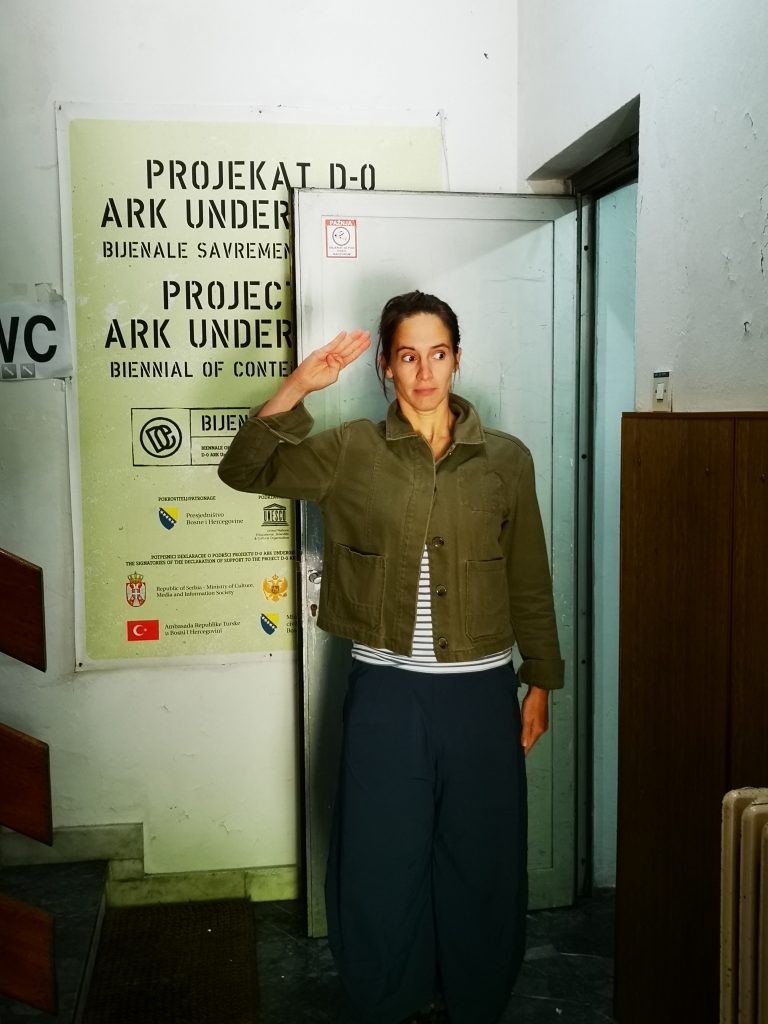
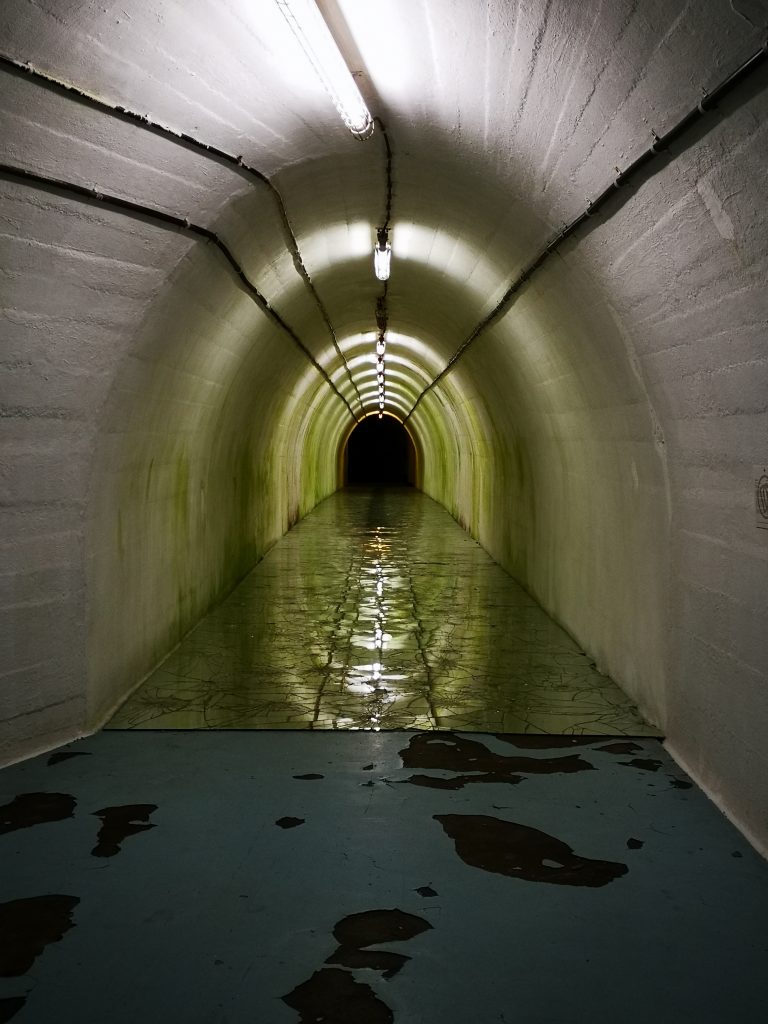
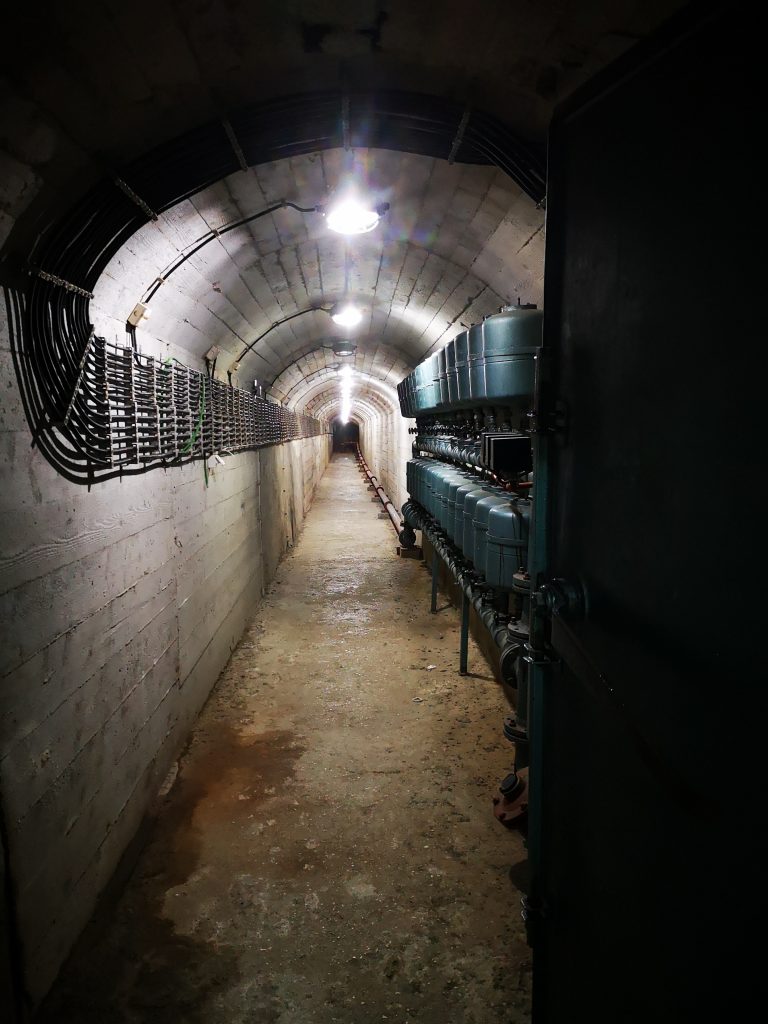
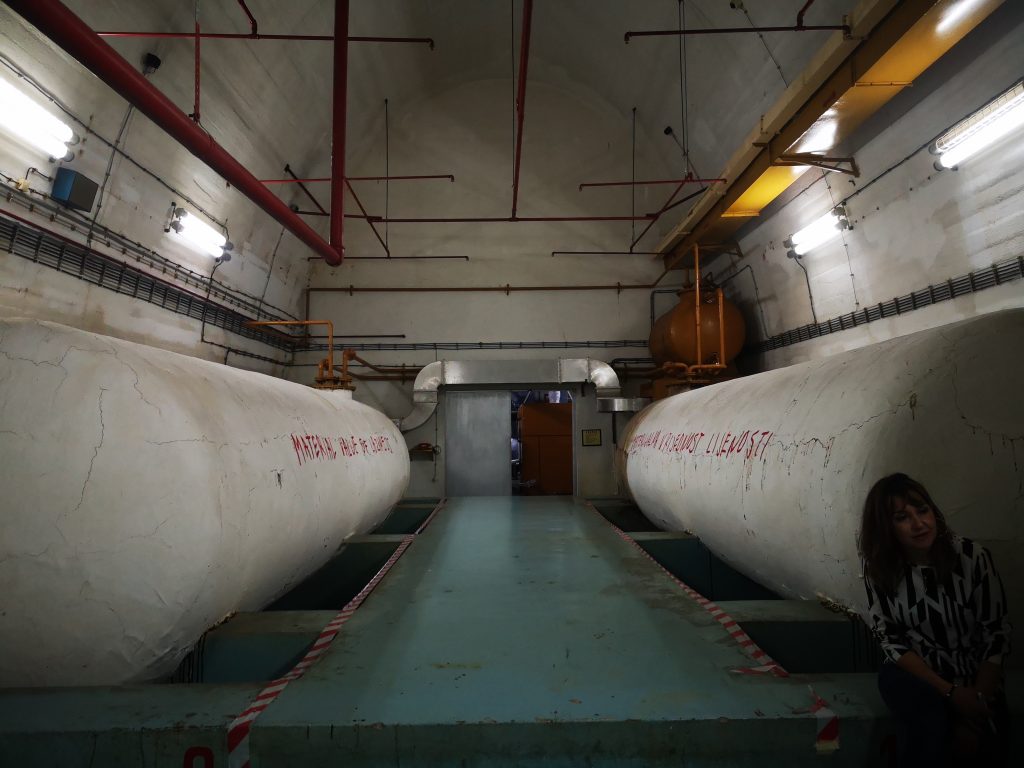
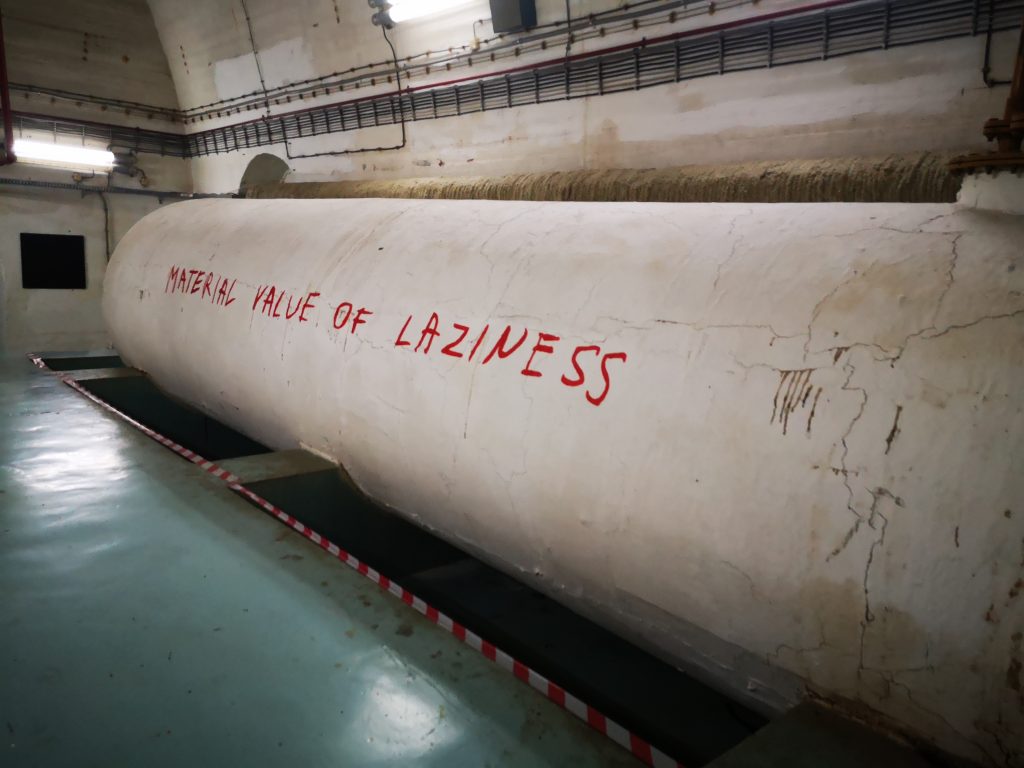
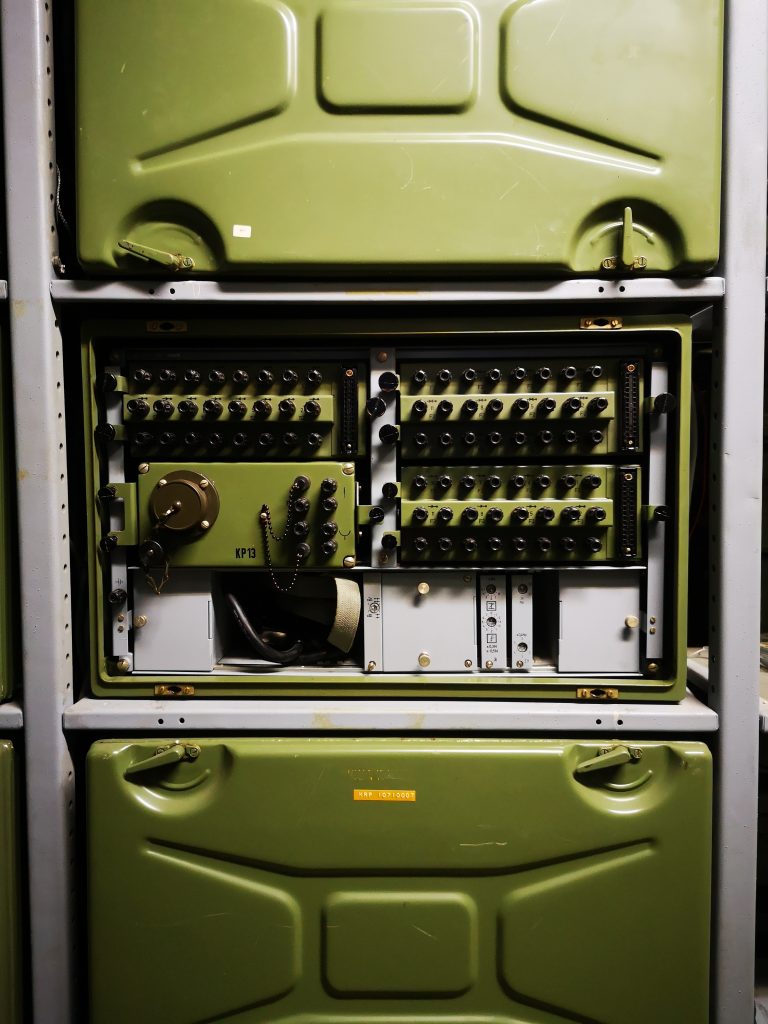
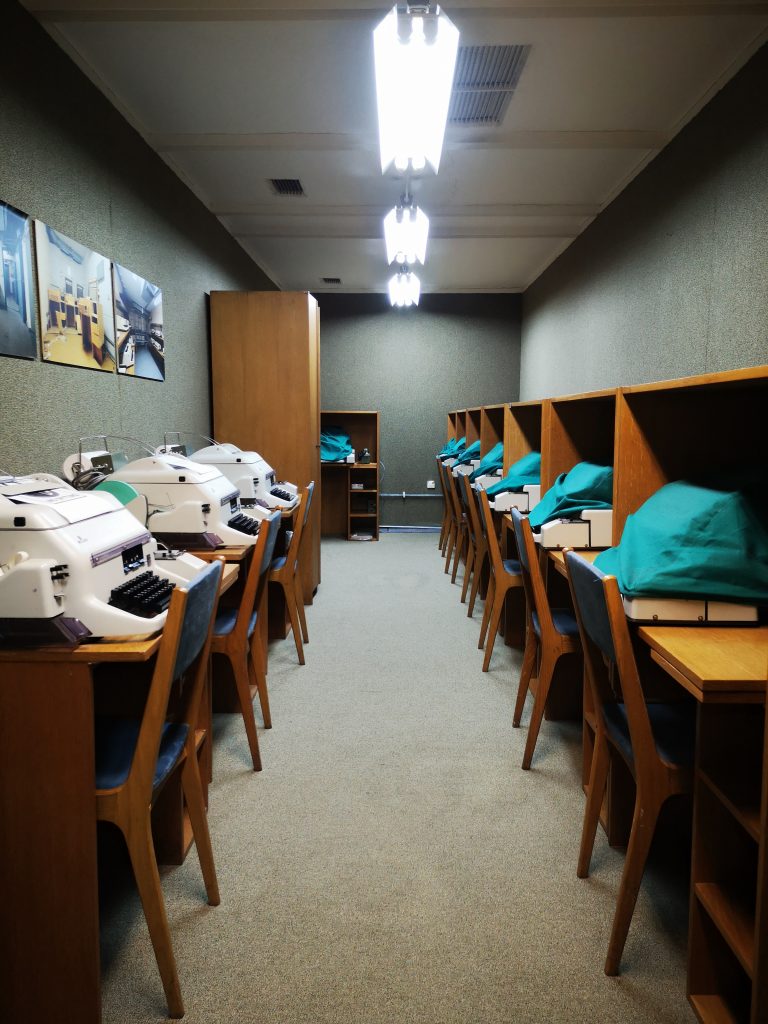
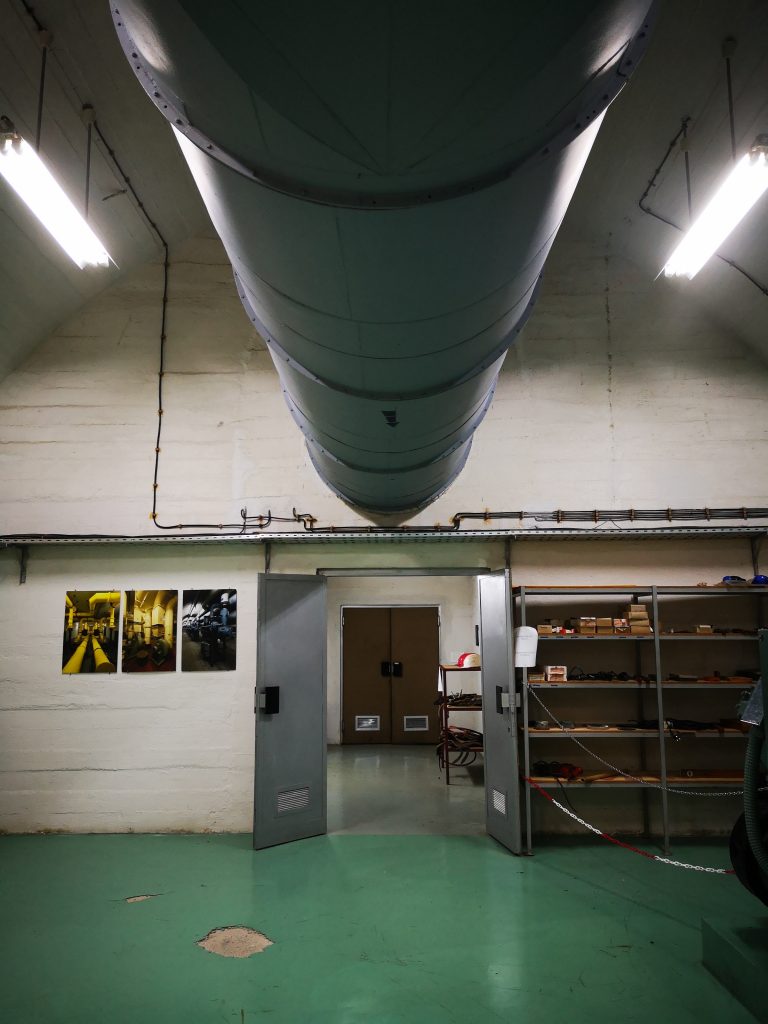
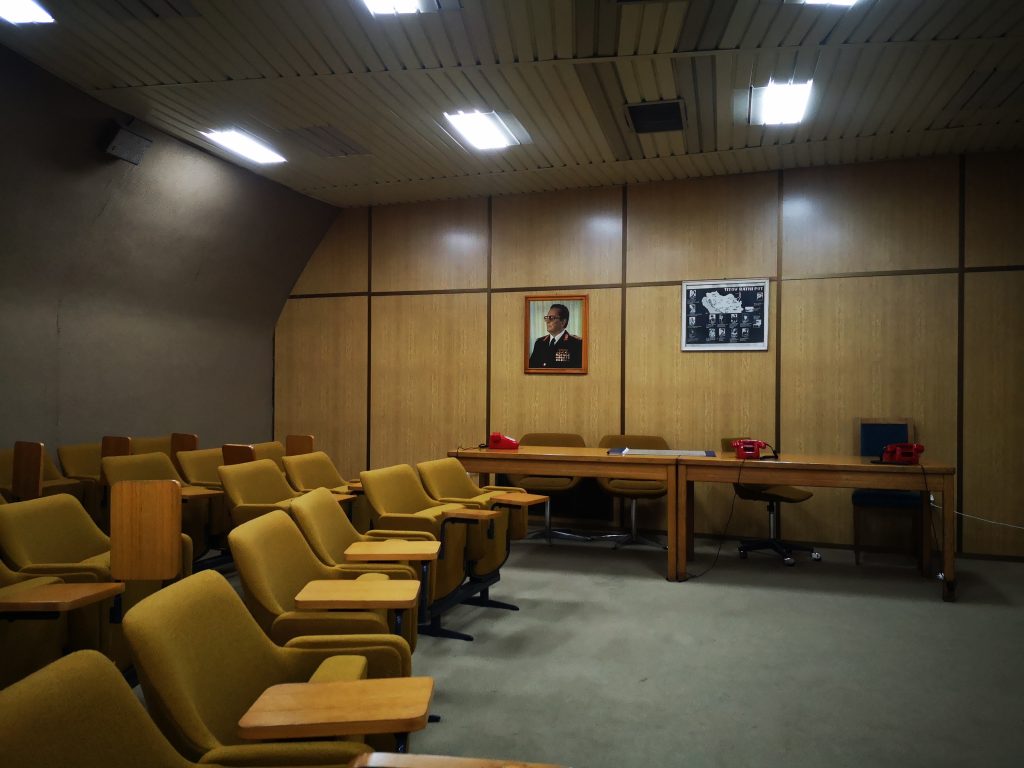
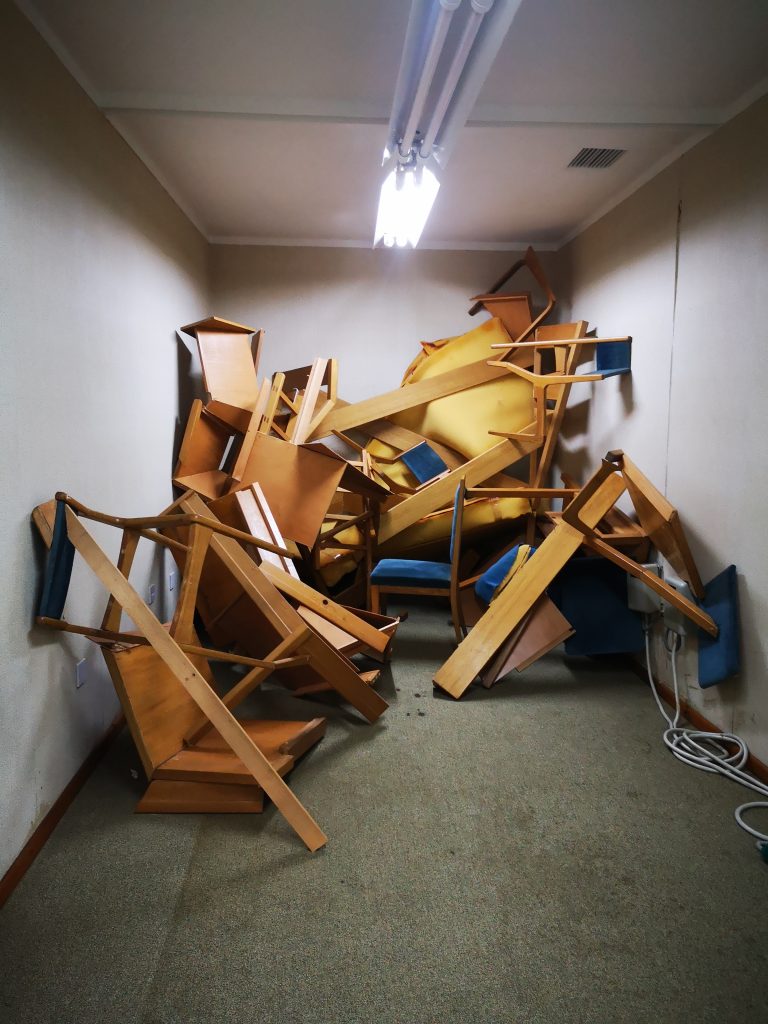
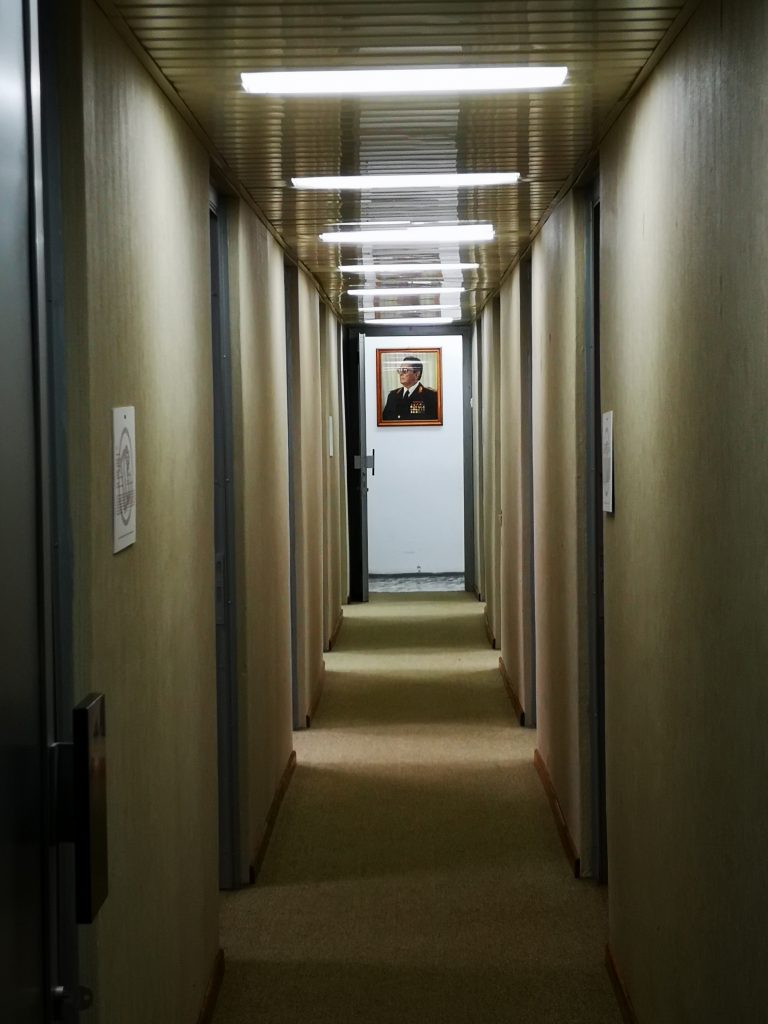
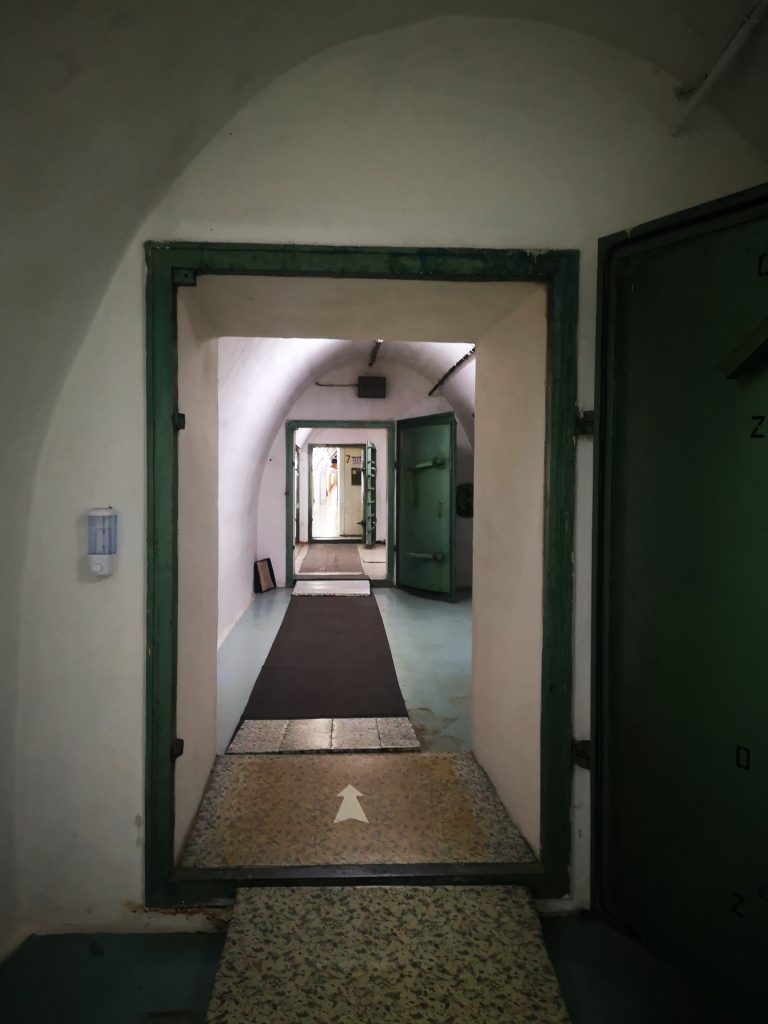
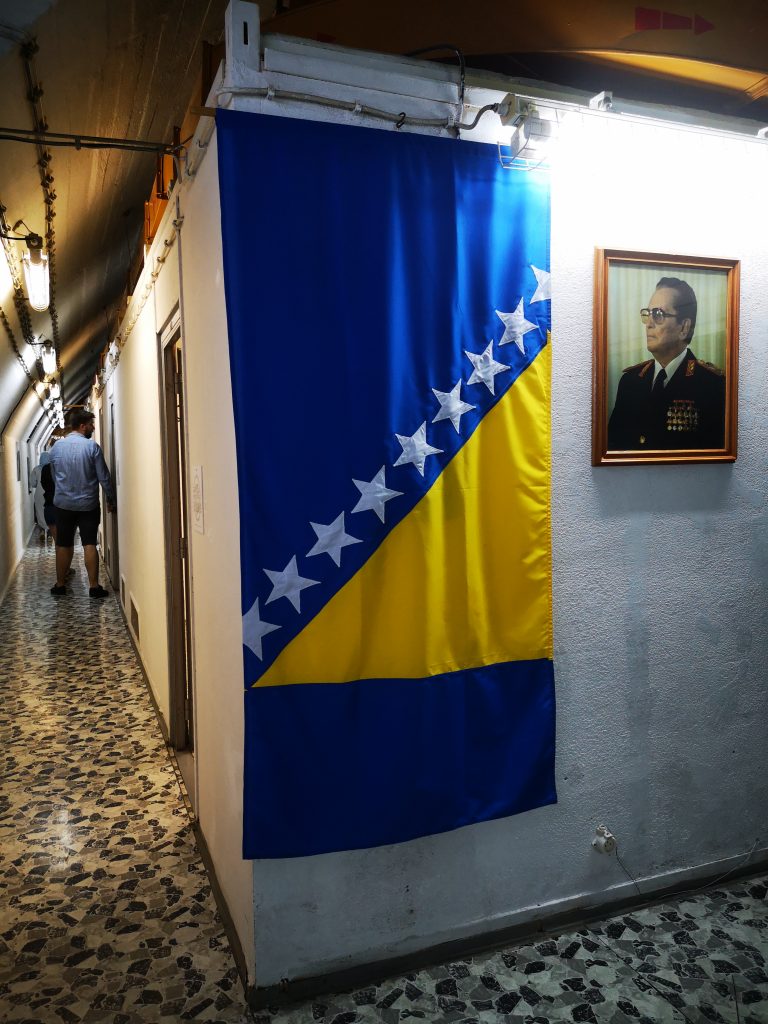
It really is an incredible monument and as it was never used everything is in pristine condition – it feels like stepping back into time and the tour guide was also a big advocate for Tito and spoke with such pride about him and his achievements. Whilst we were there a group of school kids also came in to learn about Tito – his creation and impact on the former Yugoslavia is not one the Bosnians want to forget.
We had a three days to explore the countryside of Bosnia and it did not disappoint – it is so lush, tranquil and beautiful, with dramatic mountains and gushing waters. We stayed in a very comfortable cabin, just on Boračko Lake. From this launch pad we scampered in the nearby nature, relaxed, went whitewater rafting in the Neretva river and enjoyed further hospitality of the generous Bosnian people.
